Reducing Sodium: The Key to a Healthier Lifestyle
How to reduce sodium intake. Discover practical tips to lower your sodium consumption and maintain a healthy blood pressure. Explore strategies for making smart choices at the grocery store, in the kitchen, and when dining out.
Sodium Intake: A Silent Threat to Health
Sodium, a crucial mineral for the body, has become a significant public health concern. The majority of sodium consumed by Americans comes not from the salt shaker, but from processed, packaged, and prepared foods. This hidden sodium makes it challenging for individuals to control their overall intake, leading to an alarming statistic: the average American consumes nearly 50% more sodium than the recommended limit of 2,300 milligrams (mg) per day for those 14 years and older.
Excessive sodium intake is a major risk factor for high blood pressure, which in turn increases the likelihood of heart disease and stroke. This issue affects not only adults, but also children and adolescents, with one in 10 children (8-12 years) and one in 8 teens (13-17 years) having elevated or high blood pressure.

Navigating the Grocery Store: Smart Sodium Choices
Making informed decisions at the grocery store is a crucial step in reducing sodium intake. Here are some tips to help you make better choices:
- Opt for fresh, frozen, or canned vegetables with no added salt or sauces.
- Look for packaged foods labeled “low sodium,” “reduced sodium,” or “no salt added” when available.
- Compare the sodium content of different products by reading the Nutrition Facts labels and choose the options with the lowest amounts.
- When purchasing prepared meals, aim for those with less than 600 mg of sodium per serving, as recommended by the Food and Drug Administration (FDA) for a “healthy” label.
- Opt for fresh poultry, fish, pork, and lean meat instead of cured, salted, or smoked processed meats.
- Ask your grocer if they have a low-sodium shopping list or consult a registered dietitian for personalized guidance.
Cooking at Home: Reducing Sodium the Flavorful Way
Preparing meals at home provides an excellent opportunity to take control of your sodium intake. Consider these strategies:
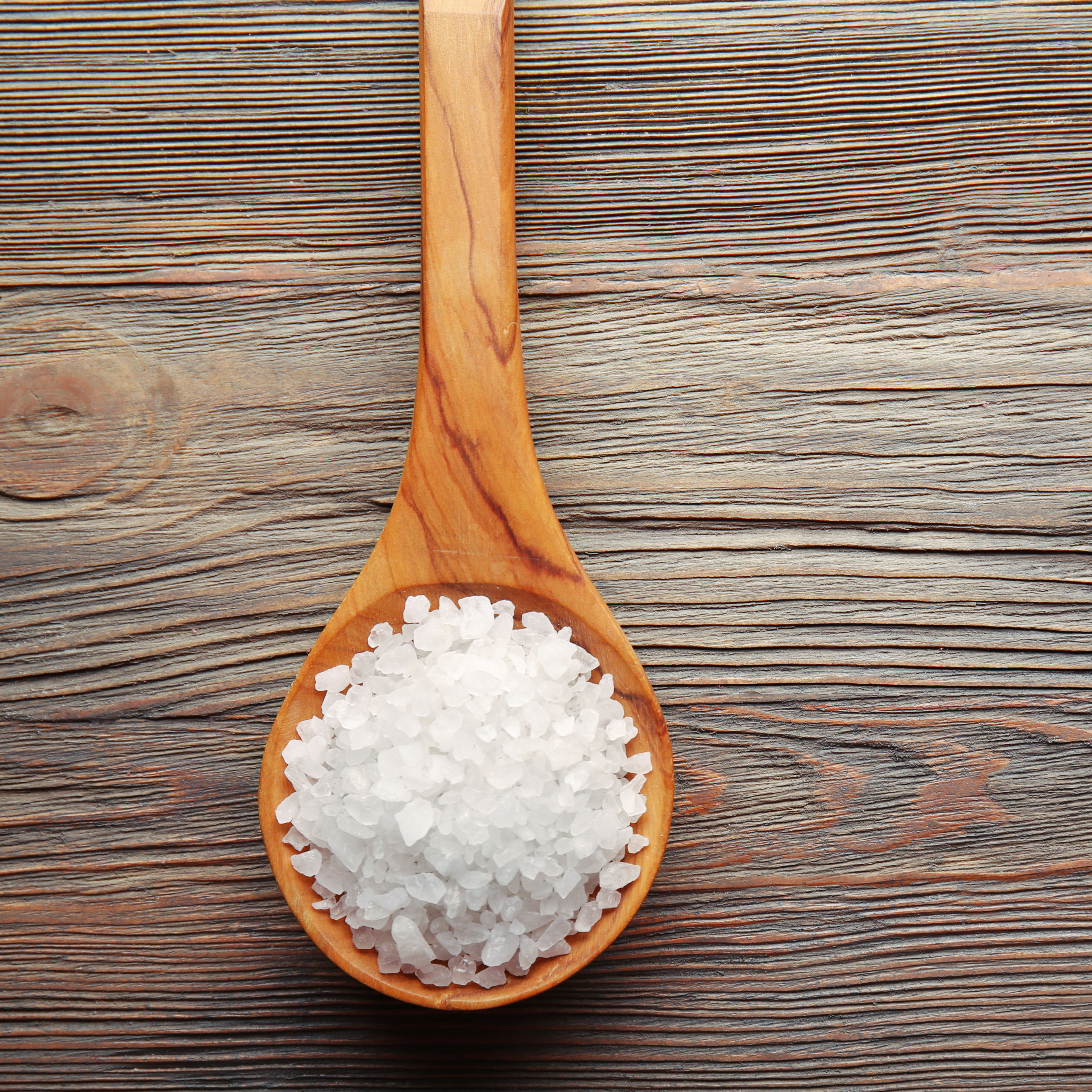
- Use alternative seasonings like garlic, citrus juice, salt-free blends, and spices to replace or reduce the amount of salt used in cooking.
- Opt for basic, unprocessed forms of ingredients, such as dry beans, fresh meats, and whole grains, whenever possible.
- Incorporate more fruits and vegetables into your meals, as these naturally low-sodium options can help balance your intake.
- Limit the use of sauces, mixes, and instant products, which can be high in sodium.
Dining Out: Navigating the Sodium Minefield
Navigating the sodium landscape when eating out can be challenging, but there are strategies to help you make healthier choices:
- Ask for nutrition information before ordering and select a meal with lower sodium content.
- Request that no additional salt be added to your dish.
- Opt for vegetable or fruit side dishes, which are typically lower in sodium than other options.
- Consider splitting a meal with a dining companion to reduce your overall sodium intake.
- Limit your intake of takeout and fast food, which can be high in hidden sodium.
The DASH Diet: A Sodium-Conscious Approach
The Dietary Approaches to Stop Hypertension (DASH) eating plan is a well-established, heart-healthy diet that can help prevent and lower high blood pressure. This plan is low in sodium, cholesterol, and saturated and total fats, while being high in fruits, vegetables, fiber, potassium, and low-fat dairy products.

By following the DASH diet and incorporating other healthy lifestyle changes, such as increased physical activity, individuals can see significant benefits in managing their blood pressure and overall cardiovascular health.
Sodium Range in Common Foods
The sodium content can vary widely among different food categories. Understanding the range of sodium in common foods can help you make more informed choices:
- Breads and rolls: 80-230 mg per serving
- Cheese: 115-410 mg per ounce
- Canned soups: 140-940 mg per serving
- Frozen meals: 390-1,140 mg per serving
- Deli meats: 310-1,050 mg per 2-ounce serving
By being mindful of the sodium content in the foods you consume, you can make gradual changes to reduce your overall intake and improve your health.
Conclusion
Reducing sodium intake is a crucial step in maintaining a healthy lifestyle and reducing the risk of heart disease and stroke. By making informed choices at the grocery store, in the kitchen, and when dining out, you can take control of your sodium consumption and support your overall well-being. Remember to explore the DASH diet and other heart-healthy strategies to maximize the benefits of a low-sodium lifestyle.
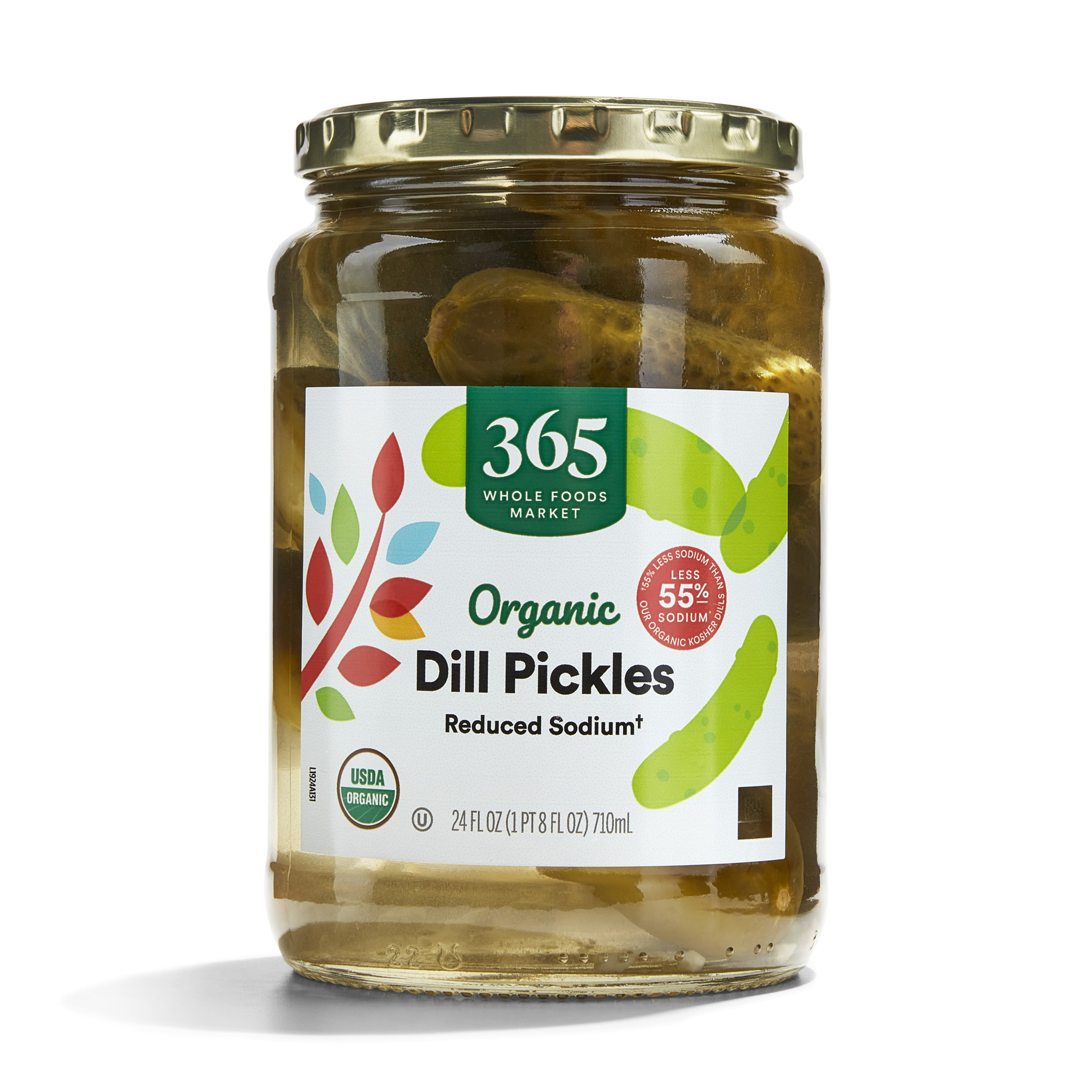
How to Reduce Sodium Intake
Choose Wisely—Sodium Content Can Vary Within Food Categories
View Larger
The majority of sodium in our diets comes from packaged and restaurant food (not the salt shaker) as a result of food processing. Even foods that may not taste salty can be major sources of sodium. Foods with only moderate amounts of sodium, such as bread, can be major sources of sodium because they’re eaten so frequently.
Tips for Reducing Sodium Intake
At the Grocery Store
- Buy fresh, frozen, or canned vegetables with no salt or sauce added.
- Choose packaged foods labeled “low sodium,” “reduced sodium,” or “no salt added” when available.
- Compare the amount of sodium in different products by reading Nutrition Facts labels. Choose the options with the lowest amounts of sodium.
- When buying prepared meals, look for those with less than 600 milligrams (mg) of sodium per meal, which is the upper limit set by the Food and Drug Administration for a meal or main dish to be labeled “healthy.
 ”
” - Check the amount of sodium per serving, and don’t forget to check the number of servings per container.
- When possible, purchase fresh poultry, fish, pork, and lean meat, rather than cured, salted, smoked, and other processed meats. For fresh items, check to see whether saline or salt solution has been added—if so, choose another brand.
- Ask your grocer if they have a low sodium shopping list available.
- Ask to speak to the registered dietitian at your local grocery store to learn more about buying low sodium products. If your grocer doesn’t have a registered dietitian, ask your doctor for a referral. A registered dietitian can provide valuable guidance on reducing your family’s sodium intake and managing blood pressure
At Home
- When cooking, use alternatives to replace or reduce the amount of salt you use, such as garlic, citrus juice, salt-free seasonings, or spices.
- Prepare rice, pasta, beans, and meats from their most basic forms (dry and fresh) when possible.

- Eat more fruits and vegetables.
- Limit sauces, mixes, and instant products, including flavored rice and ready-made pasta.
Dining Out
- Ask for nutrition information before you order, and select a lower sodium meal.
- Ask that no salt be added to your meal.
- Order vegetables with no salt added or fruit as a side item.
- Split a meal with a friend or family member.
- Keep takeout and fast food to an occasional treat.
Choose a Heart-Healthy Diet
The Dietary Approaches to Stop Hypertension (DASH) eating plan is a simple, heart-healthy diet that can help prevent or lower high blood pressure. The DASH diet is low in sodium, cholesterol, and saturated and total fats, and high in fruits and vegetables, fiber, potassium, and low-fat dairy products.
If you follow the DASH eating plan and also make other healthy lifestyle changes, such as getting more physical activity, you will see the biggest benefits. Learn more about the DASH eating plan.
Learn more about the DASH eating plan.
Range of Sodium Content for Selected Foods
View Larger
Values rounded to the nearest 10 mg.
Source: U.S. Department of Agriculture, Agricultural Research Service. National Nutrient Database for Standard Reference.
Page last reviewed: August 23, 2022
Content source: National Center for Chronic Disease Prevention and Health Promotion
, Division for Heart Disease and Stroke Prevention
To receive email updates about this page, enter your email address:
- Stroke
- Heart Disease
- Cholesterol
- High Blood Pressure
- Million Hearts®
- WISEWOMAN
Sodium Reduction | FDA
On this page:
- At a Glance: Lowering Sodium in the Food Supply
- Frequently Asked Questions on FDA’s Sodium Reduction Strategy
- Consumer Information and Additional Resources
- Guidance for Industry
Lowering Sodium in the Food Supply
The Problem
- The majority of sodium consumed comes from processed, packaged and prepared foods, not from table salt added to food when cooking or eating.
 This makes it difficult for all of us to control how much sodium we consume.
This makes it difficult for all of us to control how much sodium we consume. - Some companies have reduced sodium in certain foods, but many foods continue to contribute to high sodium intake, especially processed, packaged and prepared foods, including foods eaten away from home.
The Public Health Need
- Americans consume on average 3,400 milligrams (mg) of sodium per day—nearly 50%more than the 2,300 mg limit recommended by federal guidelines for people 14 years and older. Recommended limits for children 13 and younger are even lower.
- Most children and adolescents also eat more sodium than is recommended.
- Too much sodium can raise blood pressure, which is a major risk factor for heart disease and stroke.
- More than 4 in 10 American adults have high blood pressure and that number increases to almost 6 in 10 for non-Hispanic Black adults. Additionally, about one in 10 children (8-12 years) and one in 8 teens (13-17 years) has elevated or high blood pressure.

- Reducing sodium intake has the potential to prevent hundreds of thousands of premature deaths and illnesses in the coming years.
Population Exceeding Recommended Sodium Limit
Americans consume more sodium than is recommended. The following are average daily intakes by age, relative to recommended limits.
Source: Dietary Guidelines for Americans, 2020-2025
Enlarge in PDF
The Science
- Strong scientific evidence supports lowering sodium intake from current levels.
- The science supporting the relationship between sodium reduction and health is clear: When sodium intake increases, blood pressure increases and high blood pressure is a major risk factor for heart disease and stroke – two leading causes of death in the U.S.
- The FDA’s goal to reduce sodium intake is consistent with the Dietary Guidelines for Americans, 2020-2025 and the 2019 National Academies of Sciences, Engineering, and Medicine Dietary Reference Intakes Report on Sodium and Potassium.

The FDA’s Approach
To gradually reduce sodium across the food supply, the FDA is taking an iterative approach that includes establishing voluntary sodium targets for industry, monitoring and evaluating progress, and engaging with stakeholders.
Final Guidance
- The FDA issued the final guidance with voluntary targets for reducing sodium in commercially processed, packaged and prepared food over the next 2.5 years. The approach supports sodium reduction efforts already made by industry, provides common targets for defining and measuring progress, and provides companies with the flexibility and time to meet these targets.
- The FDA’s approach encourages a level playing field by setting voluntary targets for both processed and restaurant foods.
- To achieve a significant impact, the FDA is especially encouraging adoption by food manufacturers whose products make up a significant proportion of national sales in one or more categories and restaurant chains that are national and regional in scope.

Voluntary Targets
- There are 16 overarching categories with individual sodium targets for 163 subcategories of food in recognition that a one-size approach does not fit all.
- The targets in the final guidance are designed to support decreasing average daily sodium intake by about 12 percent—from approximately 3,400 milligrams (mg) to 3,000 mg.
- The targets take into consideration the many functions of sodium in food, including taste, texture, microbial safety and stability. The targets do not address naturally occurring sodium or salt that individuals add to their food.
Next Steps
- The FDA will monitor the sodium content of the food supply, evaluate progress towards achieving the targets in the final guidance and engage with stakeholders on sodium reduction efforts and the targets.
- Based on that information, the FDA expects to issue revised subsequent targets in the next few years to facilitate a gradual, iterative process to reduce sodium intake.

Frequently Asked Questions on FDA’s Sodium Reduction Strategy
What is the FDA doing?
Americans are consuming too much sodium in their diet, and the majority comes from processed, packaged and prepared foods, not the salt shaker. That is why we developed the final guidance with sodium reduction targets to encourage industry to gradually reduce sodium in a wide range of foods over the next 2.5 years.
Which foods are highest in sodium?
Sodium is added to almost all processed, packaged and prepared foods. Some individual foods are known to be high in sodium, but it’s also important to consider how often the food is consumed. Other foods may be lower in sodium, but are often consumed in greater amounts and/or more frequently. Commonly consumed foods such as deli-meat sandwiches, pizza, burritos and tacos, soups, savory snacks, pasta dishes, burgers and egg dishes are known to contribute significantly to sodium intake.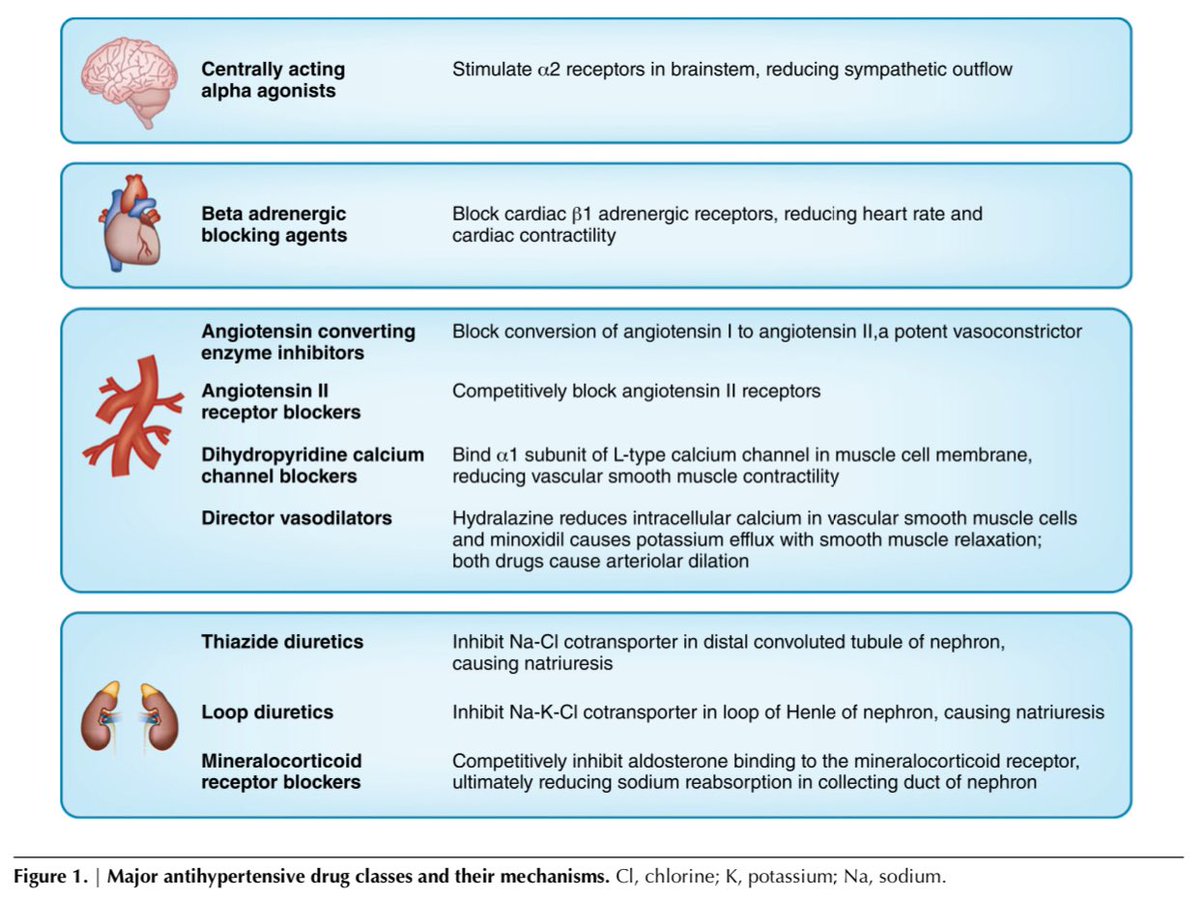 Some high-sodium foods, such as dried fish, do not contribute as much to overall sodium intake because they typically aren’t consumed in large quantities, or as often.
Some high-sodium foods, such as dried fish, do not contribute as much to overall sodium intake because they typically aren’t consumed in large quantities, or as often.
Why is sodium added to food?
Sodium is added to processed, packaged and prepared foods for a wide variety of reasons. For example, it is used to control microbial growth, which can cause food to spoil and can cause foodborne illness. Sodium also is used to improve flavor and texture, and for baking and curing meat. While sodium is necessary for many reasons, today’s food supply contains too much sodium.
Why is reducing sodium in foods important?
Too much sodium contributes to high blood pressure, which can lead to heart attacks and strokes. Americans now consume on average about 3,400 milligrams (mg) of sodium each day, while federal guidelines recommend less than 2,300 mg per day for people 14 years and older. Recommended limits for children 13 years and younger are even lower. Reducing sodium in foods could prevent hundreds of thousands of premature deaths and illnesses over a decade.
Reducing sodium in foods could prevent hundreds of thousands of premature deaths and illnesses over a decade.
How strong is the science on the benefits of sodium reduction?
Strong scientific evidence supports lowering sodium intake from current levels. Excess sodium intake increases risk for high blood pressure, heart disease and stroke. The Dietary Guidelines for Americans, 2020-2025 recommends limiting sodium intake to 2,300 mg per day for people 14 years and older; and even less for those 13 years and younger.
What if I don’t have these health problems?
More than 100 million American adults have high blood pressure, and blood pressure generally rises as you get older. This tendency for blood pressure to rise with age is seen mostly in western countries where sodium intakes are high. Children and adolescents also are more likely to have increased blood pressure with higher sodium intakes. Studies suggest that the preference for sodium is affected by early life consumption habits and can extend into adult years, although palates can also adjust to lower sodium in foods.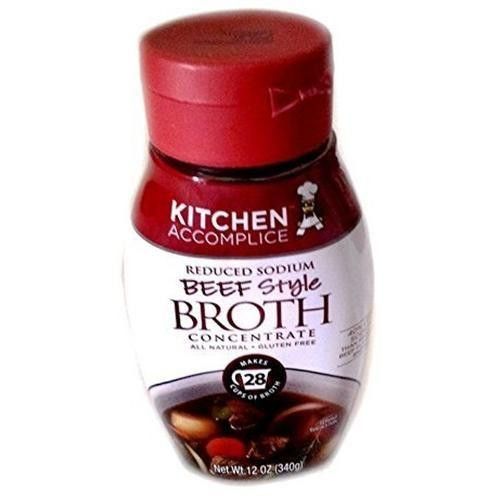
Can’t people just check the labels on foods in the supermarket?
Consumers can, and should, check labels when they are available, but a few types of foods do not require the Nutrition Facts label. An example is deli meats you buy at a counter. Even with labeling, consumers still have a difficult time eating the recommended amount of sodium because sodium levels in today’s overall food supply are just too high. The majority of the sodium we eat comes from processed, packaged and prepared foods, not from table salt added to food when cooking or eating.
Why are you including restaurant foods?
Americans eat about one-third of their food calories and spend about half of their food dollars outside the home, so it’s important that restaurants are part of the solution, along with the rest of the food industry. Including restaurant foods is necessary to achieve sodium reduction goals and for people to adapt their taste buds whether they are eating at home or outside the home.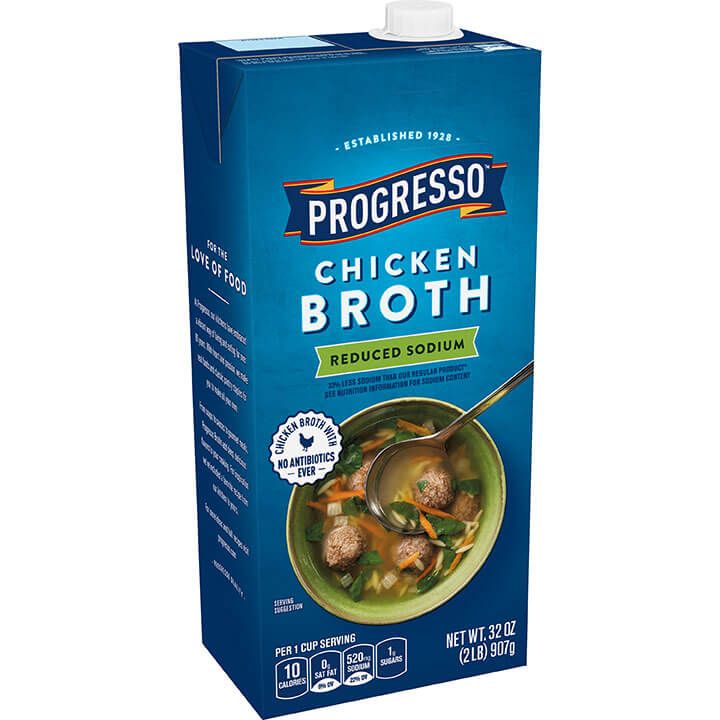
Won’t foods with less sodium taste bad?
The sodium in your diet comes from a lot of different types of foods—especially mixed dishes that have many components and sauces. Our approach is to encourage reductions in a variety of products—not just ones that are especially high in sodium. This way, we aren’t recommending drastic reductions that will significantly affect the taste of food. We carefully studied the range of popular foods in today’s marketplace to see what reductions are possible based on what some companies are already doing and what is selling well in the marketplace.
We also know that people usually don’t notice small reductions (about 10 percent) in sodium. And, over time, people’s taste buds get used to these changes, especially if they are made gradually. In addition, there are other ways companies can reformulate, or change, certain foods while still making them appealing to consumers. Examples include adding savory herbs and spices, salt blends or other flavorings in place of sodium.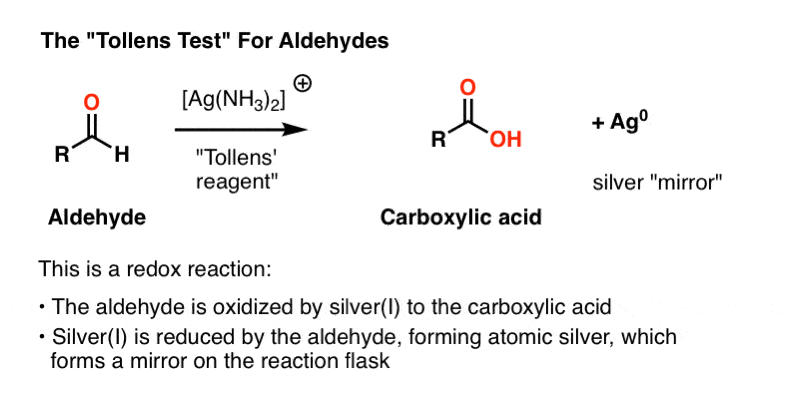
Haven’t many companies already come out with lower sodium foods?
Yes, some food companies are making progress already and we applaud their leadership. But even with these efforts, the sodium content of the food supply remains high. Part of the problem has been the focus on making a few foods very low in sodium, instead of making most foods a little lower in sodium. We want to give the industry common targets across a broad range of foods.
When will I see changes in sodium in the foods I buy?
We are encouraging companies to meet short-term targets in two and a half years (note that some foods already meet the short-term targets). We expect that if the food industry reaches these initial targets more broadly, it would reduce average sodium intake to about 3,000 mg per day.
Are other countries making similar efforts to reduce sodium in foods?
Yes. There are 96 countries working to reduce the sodium intake and 48 have set sodium target levels for one or more processed foods. The World Health Organization rates sodium reduction as a “Best Buy” to improve public health. It is difficult to compare countries in terms of progress because sodium intake varies worldwide, and different approaches may be needed based on foods typically eaten. But many countries, such as the United Kingdom and Canada, have made progress on sodium reduction with approaches similar to that being used here.
The World Health Organization rates sodium reduction as a “Best Buy” to improve public health. It is difficult to compare countries in terms of progress because sodium intake varies worldwide, and different approaches may be needed based on foods typically eaten. But many countries, such as the United Kingdom and Canada, have made progress on sodium reduction with approaches similar to that being used here.
How will you know if companies are making progress in reducing sodium?
A key part of the FDA’s sodium reduction plan is to monitor progress toward our goals on a regular basis to understand changes that are occurring. We will work with other government agencies, such as the U.S. Department of Agriculture and the Centers for Disease Control and Prevention on these monitoring efforts. The FDA also plans to actively engage with food manufacturers to learn about their sodium reduction efforts.
Consumer Information on Reducing Sodium Intake
- Sodium: Look at the Label
- Most Americans Should Consume Less Sodium (CDC)
- Sodium Q&A (CDC)
- Sodium Resources (CDC)
- Cut Down on Sodium (health.
 gov)
gov)
Guidance for Industry
- Guidance for Voluntary Sodium Reduction Goals
- Food Categories and Voluntary Targets for Sodium Reduction (Final Guidance Appendix Table 1) (XLSX: 47KB)
- Summary Explanation of Food Categories and Final Voluntary Targets for Sodium Reduction (Appendix Table 1) (PDF: 686KB)
- Notice of Availability for the Final Guidance
- Docket Folder FDA-2014-D-0055
- Reference 05 – Supplementary Materials Packet re Voluntary Sodium Reduction Goals (Previously Reference 17 in Draft Guidance)
- Reference 06 – Survey of Micro Issues in FDA Reg Products (Previously Reference 18 in Draft Guidance)
- Reference 07 – Survey of Micro Issues Meat and Poultry Products (Previously Reference 19 in Draft Guidance)
- Reference 08 – Salt Taste Preference and Sodium Alternatives (Previously Reference 20 in Draft Guidance)
- Sodium in the US Food Supply for Products in 2010
- Constituent Update Announcing the Sodium Reduction Final Guidance
Additional Information
- FDA To Propose to Permit Salt Substitutes to Reduce Sodium in Standardized Foods (March 2023)
- FDA Issues Draft Guidance on Dietary Guidance Statements on Food Labels (March 2023)
NaCl recovery by electrolysis
NaCl recovery by electrolysis – Efficiency in Energy and Water
5s”> Recovery of wastewater from chlor-alkali electrolysisIn the production of plastics, sodium hydroxide solution and chlorine are produced from a saturated sodium chloride solution by chlor-alkali electrolysis. Under certain conditions, the resulting NaCl wastewater can be reused in the production process by reconcentration. Thanks to this, it is possible to almost completely close the circulation of water and NaCl.
Technologies: TerraSaline
Support
Tel: +49 2335 762-0
Email: [email protected]
© TAPROGGE GmbH
We use cookies and other third-party technologies on our website. Some of these cookies are essential, while others help us to improve this website. Personal data may be processed (e. g. IP addresses). For more information about the use of your data, refer to our privacy policy. You can revoke or adjust your selection at any time under manage settings. If you are under the age of 16 and wish to give your consent to optional services, you must ask your legal guardian for permission.
If you are under the age of 16 and wish to give your consent to optional services, you must ask your legal guardian for permission.
privacy settings
Essential
Statistics
external media
Accept all
Save
Only accept essential cookies
Individual privacy settings
Cookie Details
Privacy settings
If you are under the age of 16 and wish to give your consent to optional services, you must ask your legal guardian for permission. Here you will find an overview of all cookies used. You can give your consent to entire categories or have more information displayed and only select certain cookies.
Here you will find an overview of all cookies used. You can give your consent to entire categories or have more information displayed and only select certain cookies.
Accept all
Save
Only accept essential cookies
Privacy settings
Essential (2)
Essential cookies enable basic functions and are necessary for the proper functioning of the website.
Show cookie information
Hide cookie information
| Name | Borlabs Cookies |
|---|---|
| Providers | Eigentümer dieser Website |
| Purpose | Speichert die Einstellungen der Besucher, die in der Cookie Box von Borlabs Cookie ausgewählt wurden.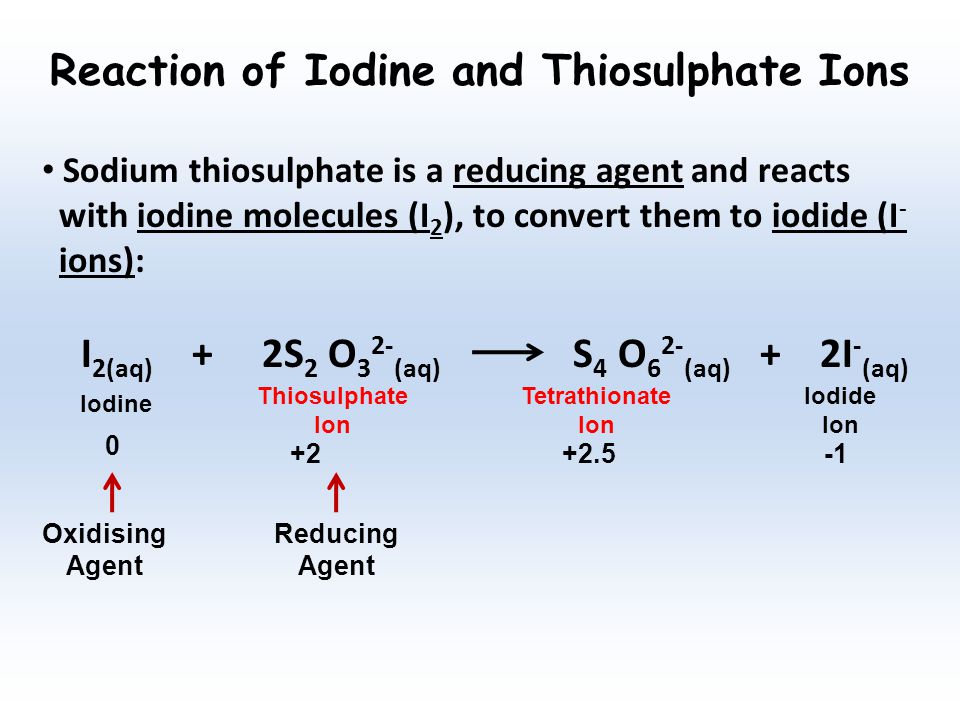 |
| Cookie Name | borlabs-cookie |
| Cookie runtime | 1 Jahr |
| Name | WPML |
|---|---|
| Providers | Owner of this website |
| Purpose | Saves the current language. |
| Cookie Name | _icl_*, wpml_*, wp-wpml_* |
| Cookie runtime | 1 day |
Statistics (1)
Statistics
Statistics cookies collect information anonymously. This information helps us to understand how our visitors use our website.
Show cookie information
Hide cookie information
| Accept | Matomo |
|---|---|
| Name | Matomo |
| Providers | Efficiency in Energy and Water |
| Purpose | Matomo cookie for website analysis.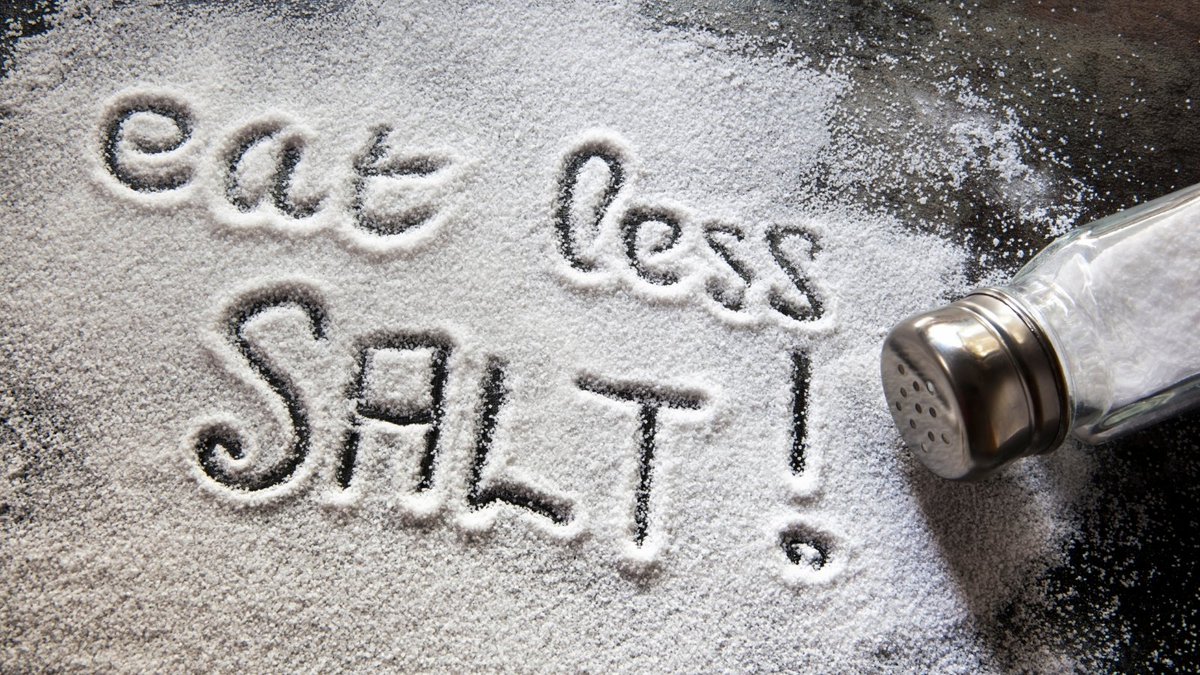 Generates statistical data on how the visitor uses the website. Generates statistical data on how the visitor uses the website. |
| Data protection | |
| Cookie Name | _pk_*.* |
| Cookie runtime | 13 Monate |
external media (1)
external media
The content of video platforms and social media platforms is blocked by default.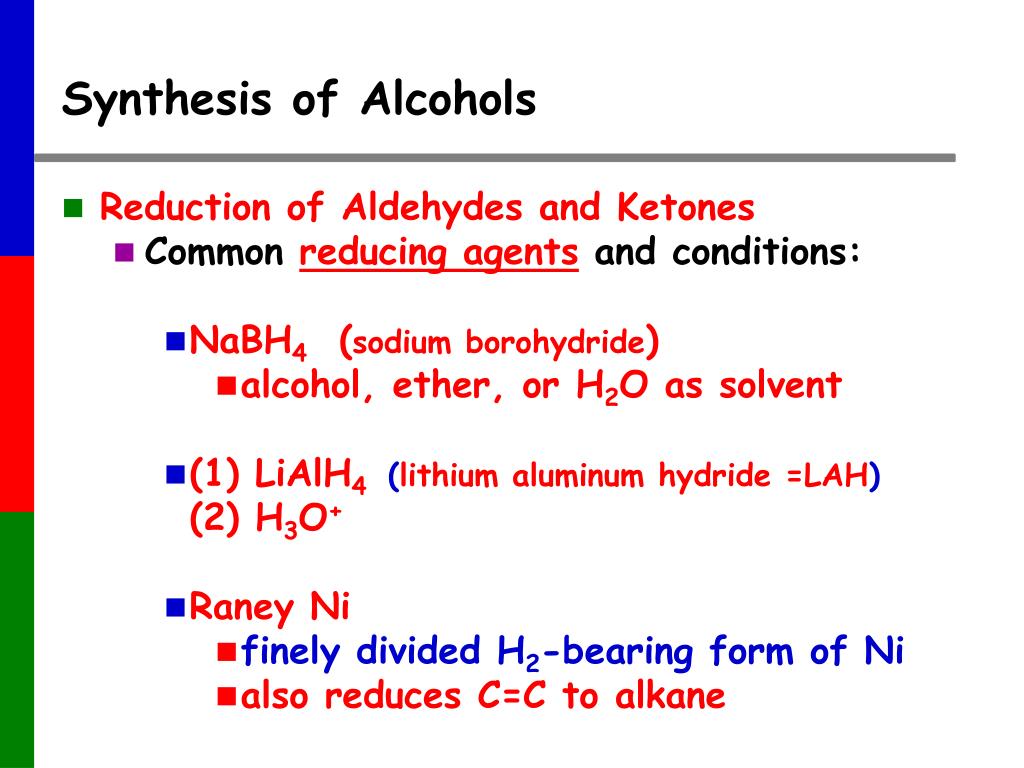 If cookies are accepted by external media, access to this content no longer requires manual consent.
If cookies are accepted by external media, access to this content no longer requires manual consent.
Show cookie information
Hide cookie information
| Accept | Google Maps |
|---|---|
| Name | Google Maps |
| Providers | Google Ireland Limited, Gordon House, Barrow Street, Dublin 4, Ireland |
| Purpose | Wird zum Entsperren von Google Maps-Inhalten verwendet. |
| Data protection | https://policies.google.com/privacy |
| Host(s) | .google.com |
| Cookie Name | NID |
| Cookie runtime | 6 Monate |
Hyponatremia: a clinical approach
AVP – arginine-vasopressin
MD – medicinal products
BMD – bone mineral density
SIADH – syndrome of inappropriate secretion of antidiuretic hormone
STN – salt-losing nephropathy
CHF – chronic heart failure
CNS – central nervous system
CP – liver cirrhosis
Abstract
Hyponatremia, defined as a decrease in serum sodium to 135 mmol/l or less, is the most common electrolyte disorder. The development of hyponatremia indicates a relative increase in the content of osmotically unbound water compared to the content of sodium in the body. This imbalance is a consequence of the excess consumption of osmotically free water over the ability of the renal tubules to dilute urine. In most cases, excess free water in the body is caused by increased secretion of the antidiuretic hormone, arginine-vasopressin (AVP), under the influence of osmotic and non-osmotic stimuli [1].
The development of hyponatremia indicates a relative increase in the content of osmotically unbound water compared to the content of sodium in the body. This imbalance is a consequence of the excess consumption of osmotically free water over the ability of the renal tubules to dilute urine. In most cases, excess free water in the body is caused by increased secretion of the antidiuretic hormone, arginine-vasopressin (AVP), under the influence of osmotic and non-osmotic stimuli [1].
AVP is synthesized in the neurosecretory cells of the supraoptic and paraventricular nuclei of the hypothalamus, accumulates in the posterior pituitary gland and is released in response to an increase in blood plasma osmolarity. Even a small increase in plasma osmolarity (by 1%) causes the secretion of the hormone. AVP secretion is also regulated by non-osmotic stimuli. The concentration of AVP in the blood increases with a decrease in mean arterial pressure by 5–7% or a decrease in the effective volume of arterial circulation (“underfilling of the arterial bed”) by 8–10% [1, 2].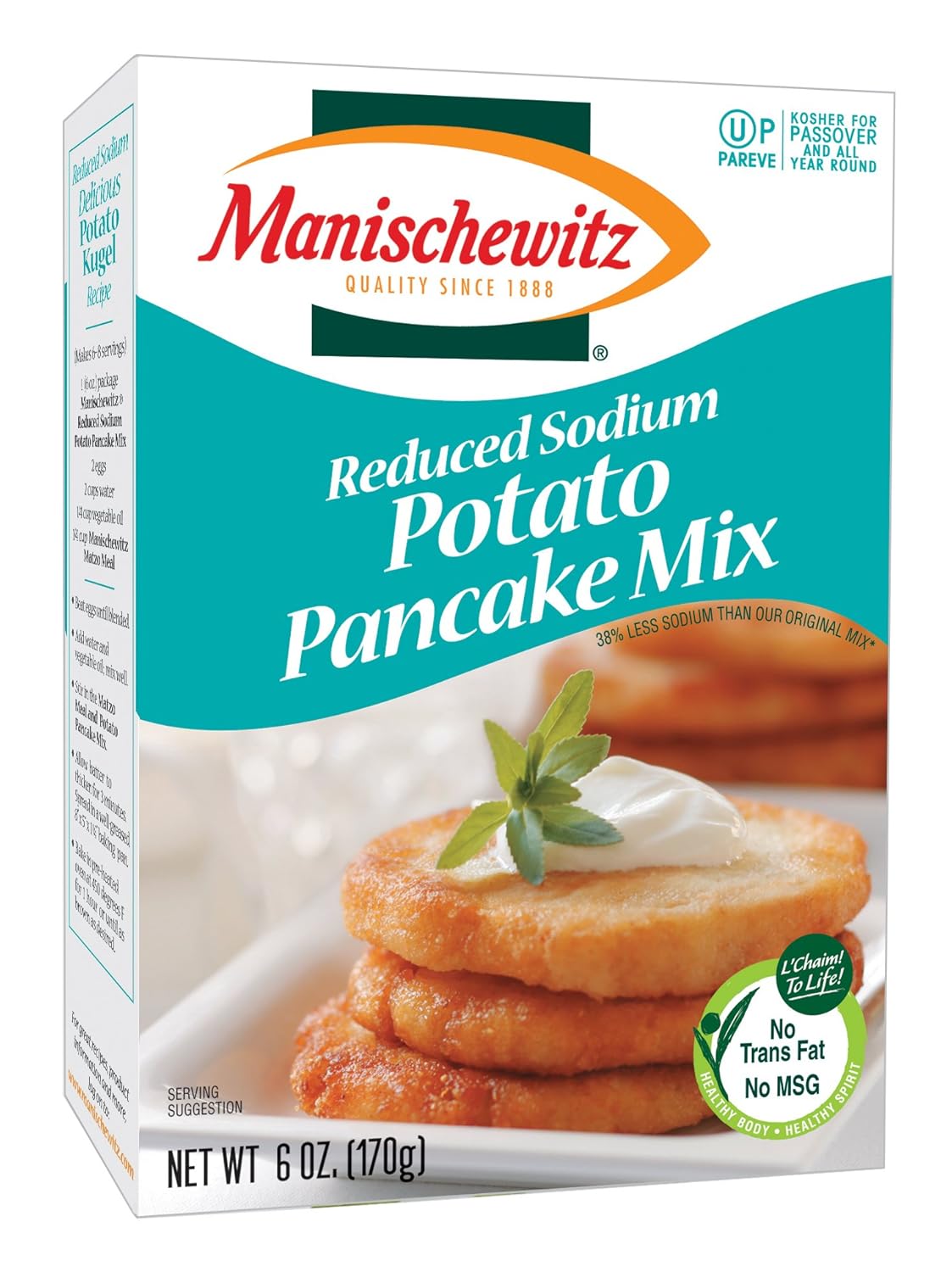
The effects of AVP are mediated by vasopressin receptors V1a, V1b and V2. Activation of V1a receptors in the vascular wall leads to systemic vasoconstriction. V1b receptors are predominantly located in the anterior pituitary gland. V2 receptors are localized mostly in the collecting ducts of the kidneys. When they are activated, a type 2 aquaporin free water channel protein moves to the apical surface of the latter, which increases the reabsorption of osmotically free water [3, 4].
The prevalence of hyponatremia in general therapeutic outpatient practice is not exactly known and, according to various sources, ranges from 21 to 34% [5-6]. In the elderly and in critically ill patients, the prevalence of hyponatremia is higher due to impaired urine dilution function and the ability to excrete osmotically free water.
Acute hyponatremia and, accordingly, a sharp decrease in extracellular osmolarity lead to an increase in intracranial pressure and the development of cerebral edema [7].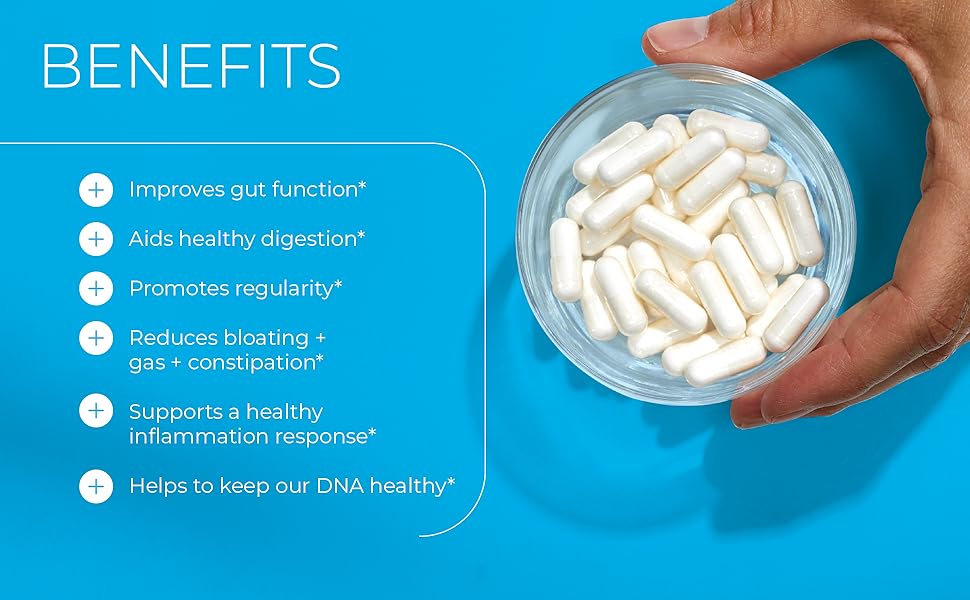 In the clinic of internal diseases, the so-called acute hyponatremic encephalopathy is an emergency situation, accompanied by high mortality (up to 42%). Concomitant hypoxia worsens the prognosis even more [8]. Chronic asymptomatic hyponatremia is also associated with a poor prognosis in hospitalized patients, including an increase in mortality and an increase in the length of stay in the hospital. At the same time, the prognosis is equally unfavorable, regardless of whether the patient arrives with hyponatremia or the latter develops during the hospital stay [9, 10]. The prevalence of hyponatremia in various conditions is presented in the table.
In the clinic of internal diseases, the so-called acute hyponatremic encephalopathy is an emergency situation, accompanied by high mortality (up to 42%). Concomitant hypoxia worsens the prognosis even more [8]. Chronic asymptomatic hyponatremia is also associated with a poor prognosis in hospitalized patients, including an increase in mortality and an increase in the length of stay in the hospital. At the same time, the prognosis is equally unfavorable, regardless of whether the patient arrives with hyponatremia or the latter develops during the hospital stay [9, 10]. The prevalence of hyponatremia in various conditions is presented in the table.
Prevalence of hyponatremia [13] Note. CHF – chronic heart failure.
Hyponatremia in the syndrome of inappropriate secretion of antidiuretic hormone (SIADH). This is a clinical symptom complex in which excessive unregulated secretion of AVP leads to the development of hyponatremic overhydration. SIADH is the main cause of euvolemic hyponatremia – hyponatremia with normal volume of circulating blood, plasma and extracellular fluid. The diagnosis of SIADH requires the exclusion of hypervolemic hyponatremia in diseases accompanied by the development of edema (see below), and hypovolemic hyponatremia, which occurs with significant losses of water and sodium through the gastrointestinal tract (diarrhea, vomiting, loss to the “third space”) or kidneys (overdose diuretics, especially those acting distally, primary adrenal insufficiency, salt-losing nephropathy – STN, glucosuria in diabetes mellitus, bicarbonaturia with the development of metabolic alkalosis, salt-losing syndrome with damage to the central nervous system – CNS). Other causes of euvolemic hyponatremia are severe hypothyroidism and glucocorticoid deficiency in hypopituitarism. In these situations, hyponatremia is corrected by hormone replacement therapy [11, 12].
The diagnosis of SIADH requires the exclusion of hypervolemic hyponatremia in diseases accompanied by the development of edema (see below), and hypovolemic hyponatremia, which occurs with significant losses of water and sodium through the gastrointestinal tract (diarrhea, vomiting, loss to the “third space”) or kidneys (overdose diuretics, especially those acting distally, primary adrenal insufficiency, salt-losing nephropathy – STN, glucosuria in diabetes mellitus, bicarbonaturia with the development of metabolic alkalosis, salt-losing syndrome with damage to the central nervous system – CNS). Other causes of euvolemic hyponatremia are severe hypothyroidism and glucocorticoid deficiency in hypopituitarism. In these situations, hyponatremia is corrected by hormone replacement therapy [11, 12].
It is necessary to note the possibility of developing hyponatremia with suppressed AVP synthesis in the case of drinking a very large amount of liquid with limited salt intake (true water intoxication). With a daily osmotic load of 600 mOsm or more and suppressed AVP synthesis (normal state), electrolyte balance can be maintained at standard values when drinking up to 12 liters of liquid. Thus, in patients with primary psychogenic polydipsia, hyponatremia develops with the use of more than 12 liters of fluid per day. Limiting the osmotic load to 300 mOsm in the absence of APV secretion leads to the development of hyponatremia when 6 liters are consumed. This is how “beer sweating” develops, when, with a very large amount of beer drunk (hypoosmolar fluid) and insufficient intake of salts, hyponatremia occurs, despite the almost complete suppression of AVP synthesis and the maximum ability of the kidneys to dilute.
With a daily osmotic load of 600 mOsm or more and suppressed AVP synthesis (normal state), electrolyte balance can be maintained at standard values when drinking up to 12 liters of liquid. Thus, in patients with primary psychogenic polydipsia, hyponatremia develops with the use of more than 12 liters of fluid per day. Limiting the osmotic load to 300 mOsm in the absence of APV secretion leads to the development of hyponatremia when 6 liters are consumed. This is how “beer sweating” develops, when, with a very large amount of beer drunk (hypoosmolar fluid) and insufficient intake of salts, hyponatremia occurs, despite the almost complete suppression of AVP synthesis and the maximum ability of the kidneys to dilute.
In patients with SIADH, hyponatremia develops with plasma hypoosmolarity and sufficient urine osmolality (more than 100 mOsm per 1 kg of water). In 10% of patients with hyponatremia and SIADH, diagnosed according to generally accepted criteria, the level of AVP in the blood cannot be determined.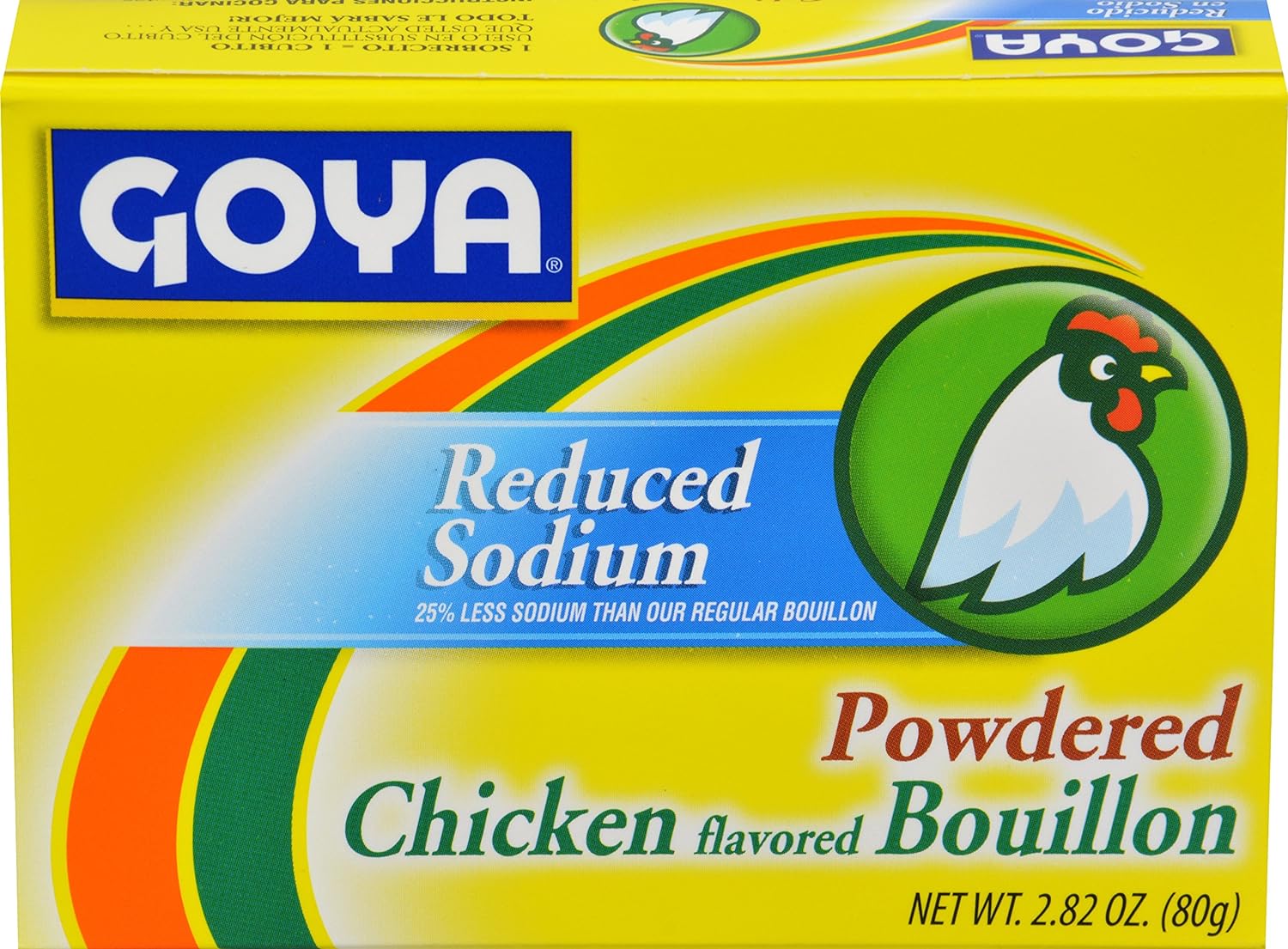 Probably, in these cases, the hormone is released at concentrations below the threshold of existing identification methods. Another explanation could be the development of nephrogenic SIADH in these patients associated with a mutation in the V2 receptor gene [13, 14].
Probably, in these cases, the hormone is released at concentrations below the threshold of existing identification methods. Another explanation could be the development of nephrogenic SIADH in these patients associated with a mutation in the V2 receptor gene [13, 14].
The etiology of SIADH is diverse and includes a number of tumors, diseases of the central nervous system, lungs, the influence of drugs (LP), etc. The second most common cause of SIADH after tumors are diseases of the central nervous system. Any diffuse brain injury, including trauma, can lead to SIADH [15]. The latter can also develop with an exacerbation of almost any mental illness. At the same time, the nature of SIADH cannot be clarified in 40% of patients, especially the elderly [13].
LP-induced hyponatremia. L.P. is a common cause of hyponatremia. Hypovolemic hyponatremia due to the use of diuretics with severe dehydration develops quite rarely. However, distally acting diuretics and spironolactone can lead to the development of euvolemic hyponatremia associated with a violation of the concentration function of the tubules.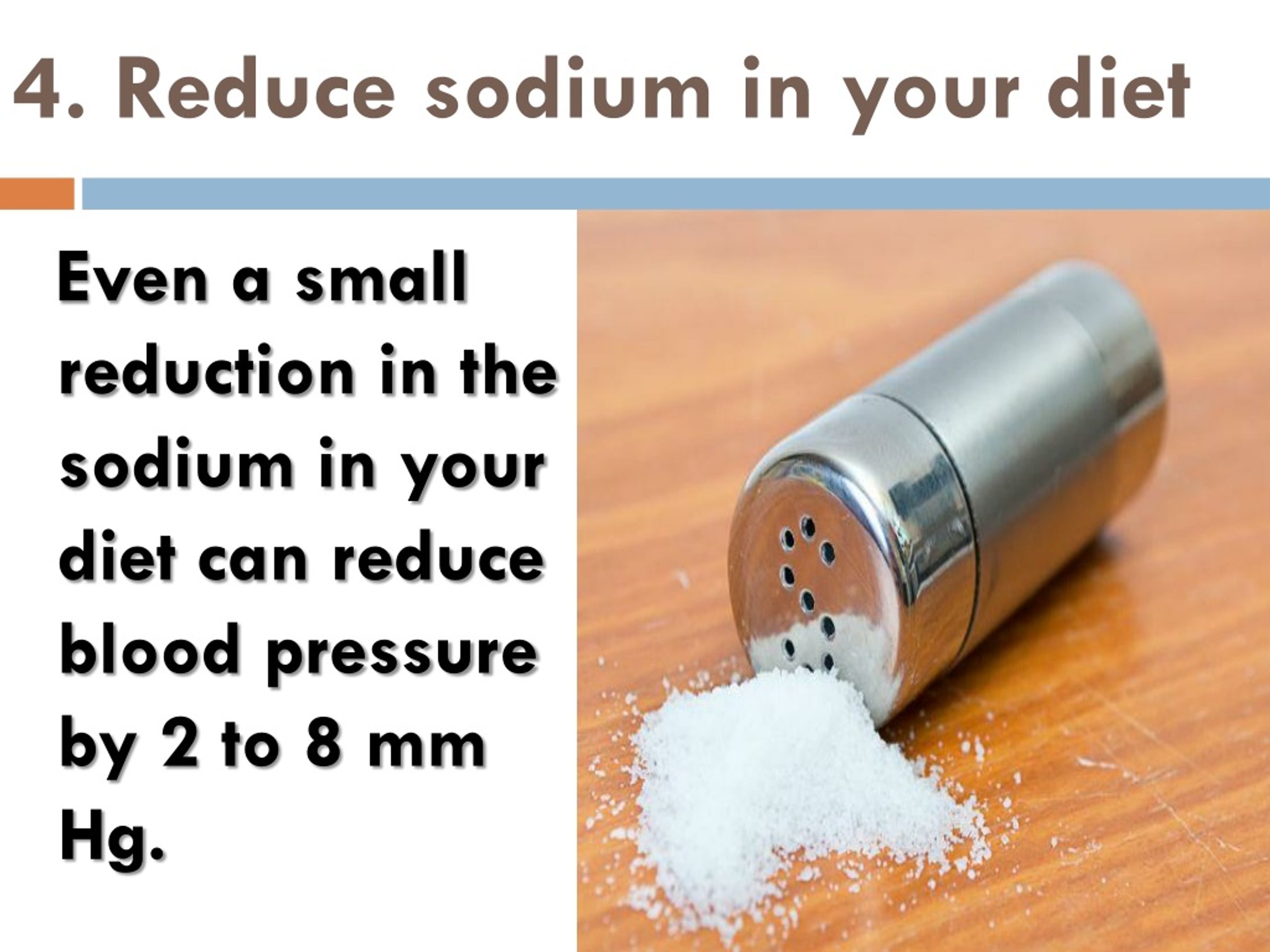 Thiazide diuretics are a common cause of hyponatremia due to their widespread use. Other L.P. causing hyponatremia are presented below [16].
Thiazide diuretics are a common cause of hyponatremia due to their widespread use. Other L.P. causing hyponatremia are presented below [16].
LP associated with hyponatremia (except thiazide diuretics):
AVP analogues: desmopressin, oxytocin.
Drugs that enhance the renal effect of AVP: chlorpropramide, cyclophosphamide, non-steroidal anti-inflammatory drugs, acetaminophen (paracetamol).
Drugs that enhance the release of AVP in the pituitary: chlorpropamide, clofibrate, carbamazepine, vincristine, nicotine, opiates, ifosfamide;
Mechanism of hyponatremia unknown: haloperidol, fluphenazine, amitriptyline, thioridazine, fluoxetine, methamphetamine (ecstasy), sertraline.
Among them, the most common causes of hyponatremia are psychopharmacological drugs: carbamazepine, oxcarbamazepine and antidepressants from the group of selective serotonin reuptake inhibitors. Severe hyponatremia can develop with the use of drugs that act on the serotonin system (ecstasy, 3,4-methylenedioxymethamphetamine) [17].
Hyponatremia in cancer patients. About 14% of the causes of hyponatremia in hospitalized patients are malignant neoplasms [18]. In most cases, hyponatremia develops in patients with an established diagnosis of a tumor, but in some cases it precedes the detection of a neoplasm. In cancer patients, hyponatremia can complicate surgical or chemotherapy treatment, being an unfavorable prognostic factor in this category of patients [19].].
The main mechanism for the development of hyponatremia in malignant neoplasms is the ectopic production of AVP by the tumor, which leads to the development of SIADH. Most often, hyponatremia develops in lung cancer, especially small cell (in 10-15% of patients), as well as tumors of the head and neck. The latter are accompanied by the development of SIADH in about 3% of cases. At the same time, hyponatremia most often develops in patients with malignant neoplasms of the oral cavity, less often – of the pharynx, larynx, sinuses and salivary glands [20]. It is possible, however, the development of SIADH in tumors of other localizations.
It is possible, however, the development of SIADH in tumors of other localizations.
The development of hyponatremia in cancer patients may complicate treatment with chemotherapy drugs, including vincristine, vinblastine, and cyclophosphamide [21]. The use of cisplatin and preparations based on it can lead to the development of STN, hypovolemia, and hypovolemic hyponatremia [22].
The use of large volume wound irrigation solutions for transurethral resection of the prostate or endometrial ablation can also cause transient hyponatremia [23].
Hyponatremia in the elderly. The prevalence of hyponatremia increases with age, as evidenced by its prevalence in patients in nursing homes, which is 18-22.5% [24, 25]. Most of these patients had at least one cause of hyponatremia, but in 7% of cases no clear cause could be identified. It should be noted that in the group of patients older than 75 years, hyponatremia was detected in 43% of cases, and all of them met the criteria for SIADH [24].
The true cause of hyponatremia in the elderly is unclear, but there are several hypotheses that explain this condition. It is likely that with age, a violation of sodium metabolism develops, close to SIADH [24]. Elderly patients have mild hyponatremia at baseline, but comorbidities or LP may exacerbate this, resulting in neurological symptoms. A certain contribution to the development of hyponatremia in patients of this category is also made by a decreasing feeling of thirst, which leads to hypovolemic hyponatremia [26].
Hyponatremia and fractures: imbalance and progression of osteoporosis. Chronic hyponatremia leads to the development of cognitive impairment, imbalance and associated falls. In the presence of asymptomatic hyponatremia, the frequency of falls increases to 21.3% versus 5.4% in patients of the same age, but without impaired sodium metabolism [25].
The relationship between hyponatremia and decreased bone mineral density (BMD) has been studied in a number of studies.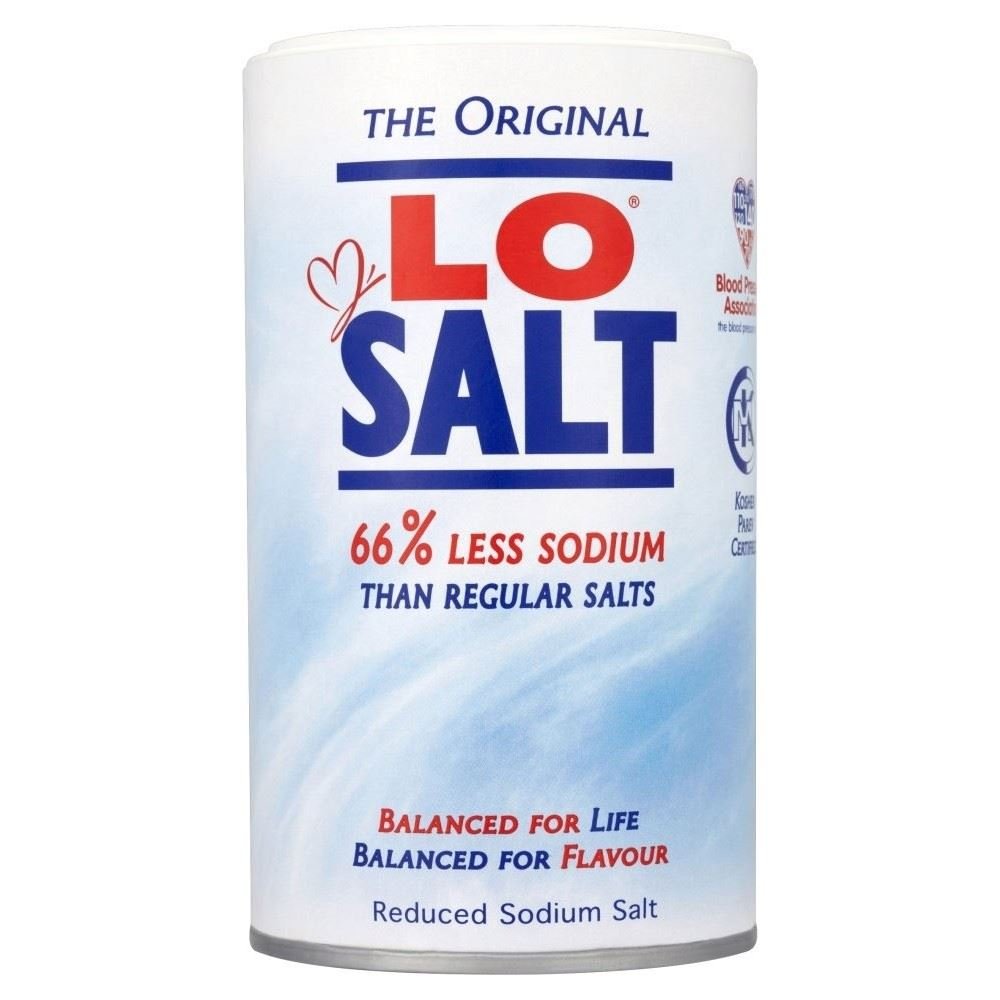 It is known that bones contain about 1/3 of all sodium reserves, and 40% of this sodium is able to enter the blood. In animal experiments, a decrease in BMD by 30% or more with prolonged hyponatremia has been demonstrated. It is likely that in chronic hyponatremia, sodium is activated from the bone tissue into the blood, which promotes the resorption of the bone matrix and bone demineralization [27]. Hyponatremia also increases the activity of osteoclasts, although the direct mechanism of this phenomenon is not well understood [28].
It is known that bones contain about 1/3 of all sodium reserves, and 40% of this sodium is able to enter the blood. In animal experiments, a decrease in BMD by 30% or more with prolonged hyponatremia has been demonstrated. It is likely that in chronic hyponatremia, sodium is activated from the bone tissue into the blood, which promotes the resorption of the bone matrix and bone demineralization [27]. Hyponatremia also increases the activity of osteoclasts, although the direct mechanism of this phenomenon is not well understood [28].
Hyponatremia with significant physical exertion. Hyponatremia can develop acutely during strenuous exercise, including marathon, ultramarathon, and triathlon participants [29]. The prevalence of hyponatremia among amateur marathon runners is 3–13% [30–32]. A correlation was shown between the incidence of hyponatremia and an increase in body weight during the race, probably due to the unlimited use of drinking water, which is a hypoosmolar solution. There are also data on non-osmotic secretion of AVP during intense long-term exercise [33]. Risk factors for the development of hyponatremia in marathon participants are female gender, body mass index less than 20 kg/m 2 and relatively low running speed in less trained athletes [30]. Acute severe hyponatremia can lead to severe neurological symptoms, including cerebral edema and seizures, neurogenic pulmonary edema, and even death.
There are also data on non-osmotic secretion of AVP during intense long-term exercise [33]. Risk factors for the development of hyponatremia in marathon participants are female gender, body mass index less than 20 kg/m 2 and relatively low running speed in less trained athletes [30]. Acute severe hyponatremia can lead to severe neurological symptoms, including cerebral edema and seizures, neurogenic pulmonary edema, and even death.
Hyponatremia in CHF. The hypervolemic variant of hyponatremia is mainly found in CHF and liver cirrhosis (LC). The incidence of hyponatremia in decompensated CHF, according to some data, reaches 38% [9, 34]. The association of hyponatremia with an increase in total and cardiovascular mortality, as well as with repeated hospitalizations and low quality of life in these patients, has been demonstrated. In patients with CHF, in addition, the presence of hyponatremia increases the length of stay in the hospital and the risk of developing acute cardiorenal syndrome, and the adverse prognostic effect of hyponatremia persists even with long-term follow-up (4–5 years) [35, 36].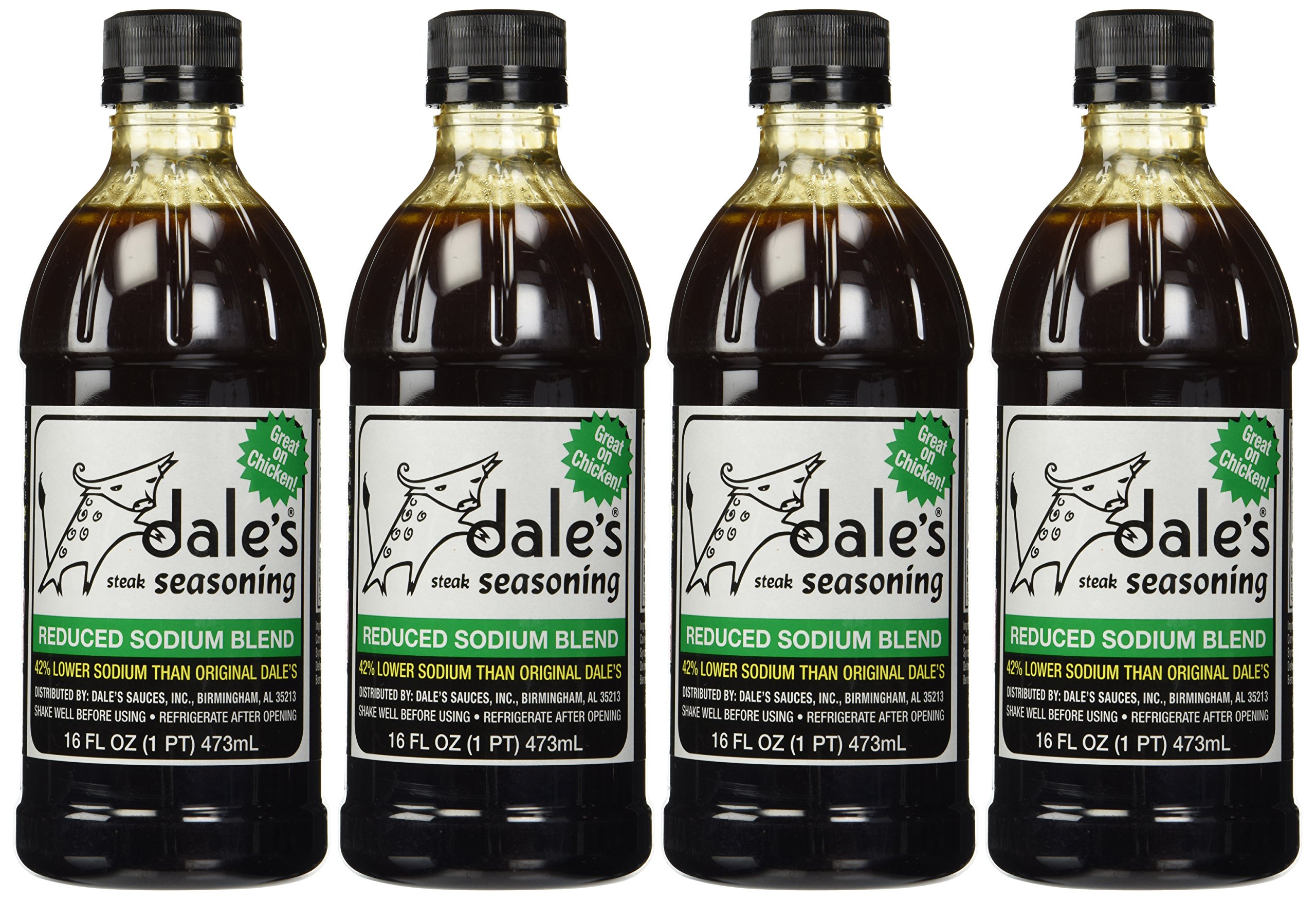
In CHF, hyponatremia develops despite plasma hypoosmolarity, in which AVP synthesis is normally maximally suppressed. The cause of hyponatremia in CHF is the non-osmotic secretion of AVP. In CHF, with a decrease in cardiac output, the stretching of baroreceptors in the wall of the aortic arch and carotid sinus decreases, which leads to disruption of the normal tonic inhibitory effect of the CNS mediated by the vagus and glossopharyngeal nerves [37]. The result is an increase in efferent sympathetic activity, which causes stimulation of the renin-angiotensin-aldosterone system and non-osmotic release of AVP [38].
The development of hyponatremia thus reflects an extremely dangerous combination of low cardiac output and maximum activation of neurohumoral systems, which is associated with a poor prognosis in many cardiac patients, including those with primary pulmonary hypertension, pulmonary embolism, and after cardiac surgery [39— 41].
Hyponatremia in cirrhosis.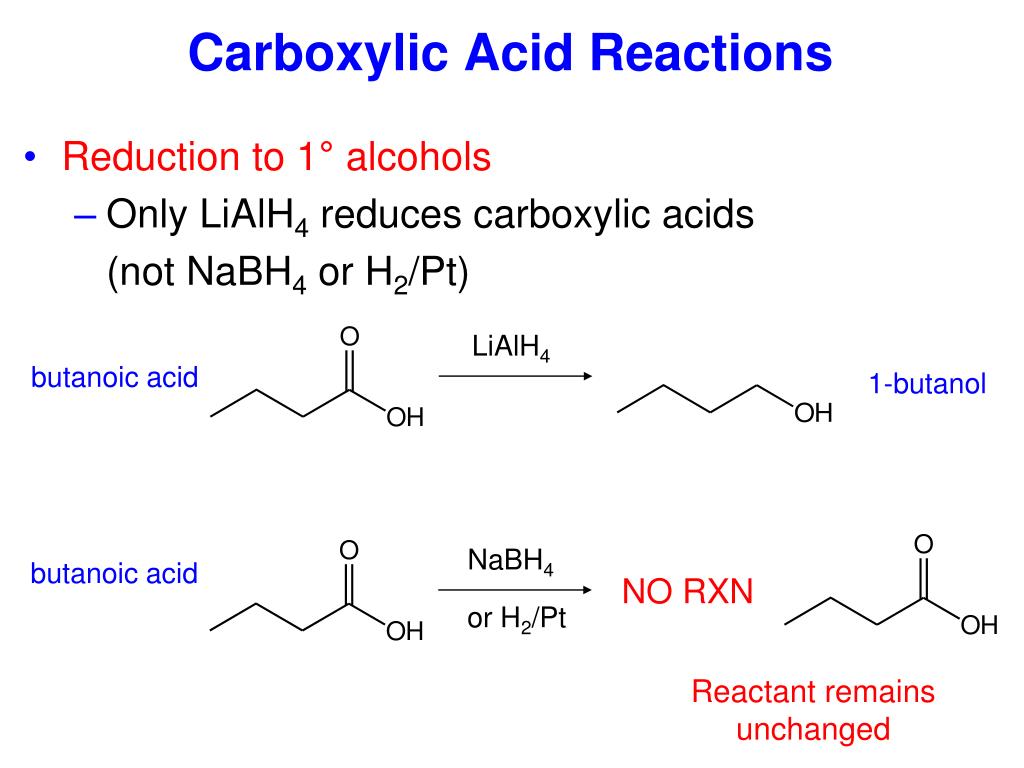 The main mechanism for the development of hyponatremia in cirrhosis is the non-osmotic secretion of AVP, caused by the “underfilling” of the arterial bed due to systemic (primarily intra-abdominal) vasodilation against the background of portal hypertension [42, 43]. Apparently, the main mechanism of vasodilation in cirrhosis is the effect of nitric oxide [44]. Hyponatremia in patients with cirrhosis is a predictor of hepatorenal syndrome and increases the risk of hepatic encephalopathy [45]. In a study of more than 500 patients with cirrhosis, hyponatremia was found to be a strong predictor of reduced quality of life and a worsening prognosis after liver transplantation [46–49].
The main mechanism for the development of hyponatremia in cirrhosis is the non-osmotic secretion of AVP, caused by the “underfilling” of the arterial bed due to systemic (primarily intra-abdominal) vasodilation against the background of portal hypertension [42, 43]. Apparently, the main mechanism of vasodilation in cirrhosis is the effect of nitric oxide [44]. Hyponatremia in patients with cirrhosis is a predictor of hepatorenal syndrome and increases the risk of hepatic encephalopathy [45]. In a study of more than 500 patients with cirrhosis, hyponatremia was found to be a strong predictor of reduced quality of life and a worsening prognosis after liver transplantation [46–49].
Clinical approach for hyponatremia. The diagnostic algorithm in the presence of hypotonic hyponatremia is shown in the figure [50]. The use of this algorithm requires the exclusion of isotonic hyponatremia resulting from paraproteinemias, massive infusion of gamma globulins, the use of radiopaque agents, and severe hyperlipidemia (especially hypertriglyceridemia).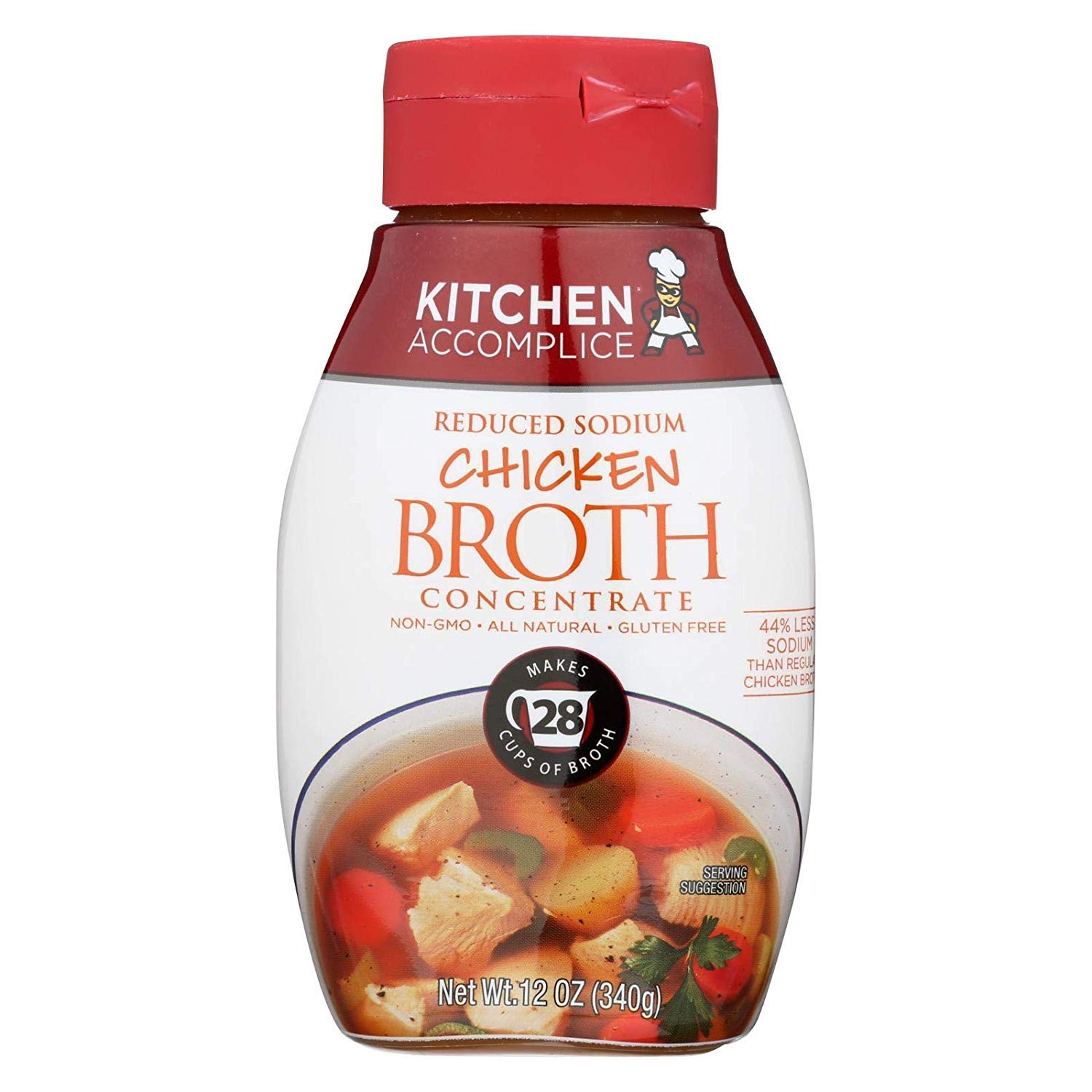 Hyperosmolar conditions (hyperglycemia, mannitol infusion, significant positive anion gap) must also be ruled out. Thus, in all cases of hyponatremia, it is desirable to preliminarily determine the plasma osmolarity. Urinary osmolality in patients with hyponatremia usually exceeds 100 mOsm/kg. However, in patients with primary polydipsia and salt restriction (eg, beer sweating), urine osmolality may be low. It should be noted that pronounced natriuresis when taking diuretics can make it difficult to interpret indicators of urinary sodium excretion.
Hyperosmolar conditions (hyperglycemia, mannitol infusion, significant positive anion gap) must also be ruled out. Thus, in all cases of hyponatremia, it is desirable to preliminarily determine the plasma osmolarity. Urinary osmolality in patients with hyponatremia usually exceeds 100 mOsm/kg. However, in patients with primary polydipsia and salt restriction (eg, beer sweating), urine osmolality may be low. It should be noted that pronounced natriuresis when taking diuretics can make it difficult to interpret indicators of urinary sodium excretion.
Clinical approach to the diagnosis and treatment of hyponatremia. AKI – acute renal failure; CRF – chronic renal failure.
The next step is to determine the total body fluid content. Diagnosis of hypervolemic hyponatremia is usually not very difficult due to the presence of signs of severe hypervolemia (edema, ascites) in severe CHF or cirrhosis. In clinical practice, infusion of saline (0.5–1 L for 12 h) helps to differentiate hypovolemic and euvolemic hyponatremia [51].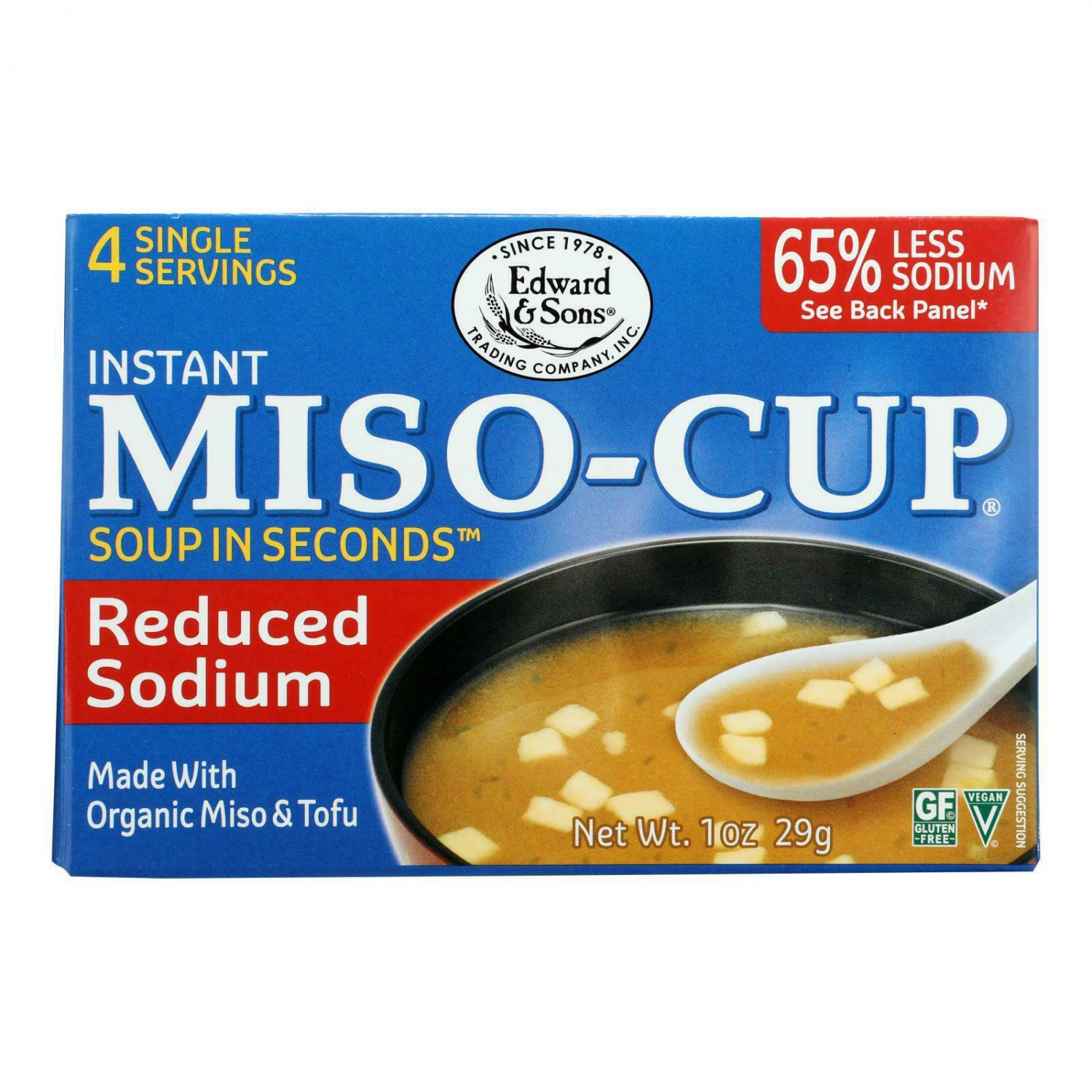 In SIADH, in most cases (especially with urine osmolality greater than 500 mOsm/kg), the injected sodium is rapidly excreted without changing the sodium content in the blood. At the same time, in hypovolemic hyponatremia, volume replacement normalizes sodium homeostasis in the blood. It should be emphasized that in euvolemic hyponatremia, in contrast to hypovolemic hyponatremia due to the absolute excess of osmotically free water, there are lower levels of uric acid, urea and creatinine in the blood. Moreover, the increase in uric acid excretion and decrease in its concentration in the blood in SIADH is not impaired even in the case of diuretics [52, 53].
In SIADH, in most cases (especially with urine osmolality greater than 500 mOsm/kg), the injected sodium is rapidly excreted without changing the sodium content in the blood. At the same time, in hypovolemic hyponatremia, volume replacement normalizes sodium homeostasis in the blood. It should be emphasized that in euvolemic hyponatremia, in contrast to hypovolemic hyponatremia due to the absolute excess of osmotically free water, there are lower levels of uric acid, urea and creatinine in the blood. Moreover, the increase in uric acid excretion and decrease in its concentration in the blood in SIADH is not impaired even in the case of diuretics [52, 53].
The most reliable way to diagnose SIADH could be the determination of AVP in the blood. However, the complexity and high cost of the technique make it of little use in everyday clinical practice. In recent years, it has become possible to determine the content of copeptin in the blood, a stable glycopeptide formed from the precursor of AVP during the synthesis of the hormone in an equimolar ratio.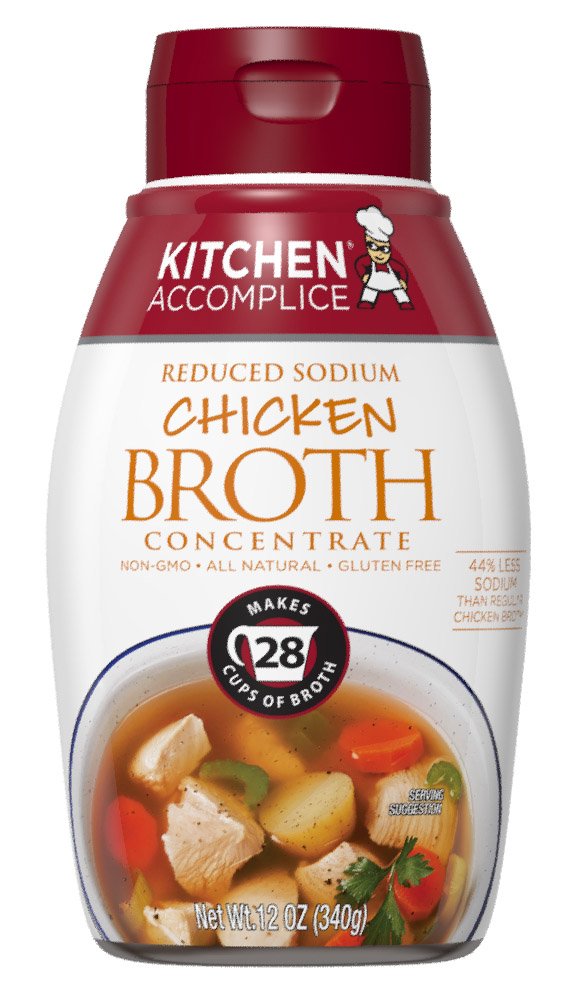 Thus, the level of copeptin can indirectly indicate the content of AVP and differentiate primary polydipsia from SIADH [54].
Thus, the level of copeptin can indirectly indicate the content of AVP and differentiate primary polydipsia from SIADH [54].
If euvolemic hyponatremia, ie, SIADH, is identified, the cause must be determined. First of all, the influence of a number of drugs, hypothyroidism and adrenal insufficiency should be rejected. The next step is to exclude the most common tumors leading to SIADH using computed tomography of the chest and magnetic resonance imaging of the brain. In some cases, especially in elderly patients, the genesis of SIADH cannot be established.
Therapy of hyponatremia. Approaches to the treatment of hyponatremia depend on its type (hypovolemic, hypervolemic or euvolemic), duration and severity of symptoms. Regardless of the cause of hyponatremia, severe neurological symptoms (convulsions, coma, respiratory arrest) require the immediate administration of 3% hypertonic sodium chloride solution to reduce the severity of cerebral edema. It is recommended to administer 100 ml of the solution as a bolus, if necessary, the administration can be repeated after 30 minutes [55]. Thus, the sodium content in the blood increases by 2-4 mmol/l. In rare cases, 200 ml of hypertonic saline is insufficient to achieve a clinical effect. The effect of hypertonic saline may enhance the simultaneous administration of furosemide. Successful use of 30-60 ml of 23.4% hypertonic sodium chloride solution for herniation of the brain stem caused by hyponatremia is described. Such a solution makes it possible to increase the level of sodium in the blood by more than 5 mmol/l [56].
Thus, the sodium content in the blood increases by 2-4 mmol/l. In rare cases, 200 ml of hypertonic saline is insufficient to achieve a clinical effect. The effect of hypertonic saline may enhance the simultaneous administration of furosemide. Successful use of 30-60 ml of 23.4% hypertonic sodium chloride solution for herniation of the brain stem caused by hyponatremia is described. Such a solution makes it possible to increase the level of sodium in the blood by more than 5 mmol/l [56].
Hypertonic sodium chloride solution must be prepared in a pharmacy and is rarely available. An 8.4% sodium bicarbonate solution can be used as a means for an emergency increase in the level of sodium in the blood. The osmolarity of 8.4% sodium bicarbonate solution is 2000 mOsm/l, which corresponds to the osmolarity of 5.8% sodium chloride solution. Thus, 50 ml of 8.4% sodium bicarbonate solution is equivalent to 100 ml of 3% sodium chloride solution in terms of increasing blood sodium levels.
With a rapid (within 24-48 hours) significant decrease in the level of sodium in the blood, severe neurological symptoms develop. With a slower development of hyponatremia, “small” cerebral symptoms are noted: lethargy, disorientation, nausea, and impaired cognitive functions. In these cases, rapid progression to life-threatening conditions is possible, which also requires the use of hypertonic saline. At the same time, too rapid correction of hyponatremia is no less dangerous. Acute development of severe hyponatremia can lead to cerebral edema, however, with a longer exposure to electrolyte disorders (more than 48-72 hours), tissue adaptation occurs due to the diffusion of potassium and organic high-osmolar compounds (myrinositol, phosphocreatine) and amino acids (glutamine, taurine) from cells. In the latter case, a rapid increase in the level of sodium in the blood (more than 10–12 mmol/l/day) can lead to the development of a fatal complication of hypercorrection of hyponatremia — osmotic demyelination of the brain, which develops when the initial sodium level is less than 115–120 mmol/l [57, 58].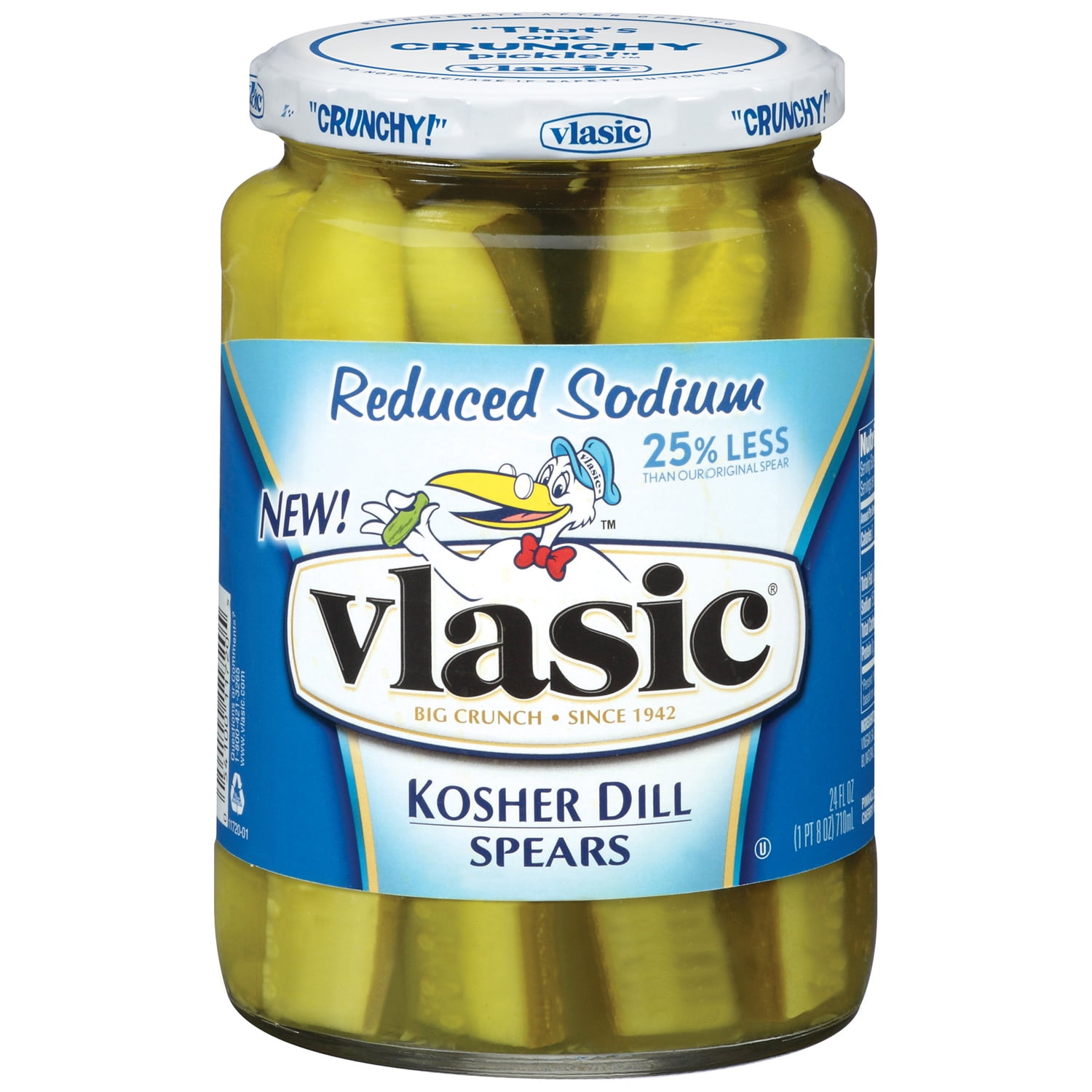 Risk factors for its development are concomitant severe liver disease, hypoxia, hypokalemia, cachexia, as well as an increase in the level of sodium in the blood of more than 25 mmol / l in 48 hours. Thus, the rate of correction of severe symptomatic hyponatremia should not exceed 10-12 mmol / l / days, and in patients with risk factors for the development of demyelination, chronic alcoholism and with an initial blood sodium level of less than 105 mmol/l – no more than 8 mmol/l/day [59].
Risk factors for its development are concomitant severe liver disease, hypoxia, hypokalemia, cachexia, as well as an increase in the level of sodium in the blood of more than 25 mmol / l in 48 hours. Thus, the rate of correction of severe symptomatic hyponatremia should not exceed 10-12 mmol / l / days, and in patients with risk factors for the development of demyelination, chronic alcoholism and with an initial blood sodium level of less than 105 mmol/l – no more than 8 mmol/l/day [59].
Minimal neurological symptoms in hyponatremia: headache, decreased concentration, irritability, decreased mood and depression usually develop in patients with chronic electrolyte disturbances. In this situation, in addition to the treatment of the underlying disease, it is sufficient to limit fluid intake (with eu- and hypervolemic variant). The degree of restriction depends on diuresis. So, with a daily diuresis of 1200 ml, the daily fluid intake should not exceed 750 ml. With this restriction of fluid, an increase in the level of sodium in the blood by 1-2 mmol / l per day is noted.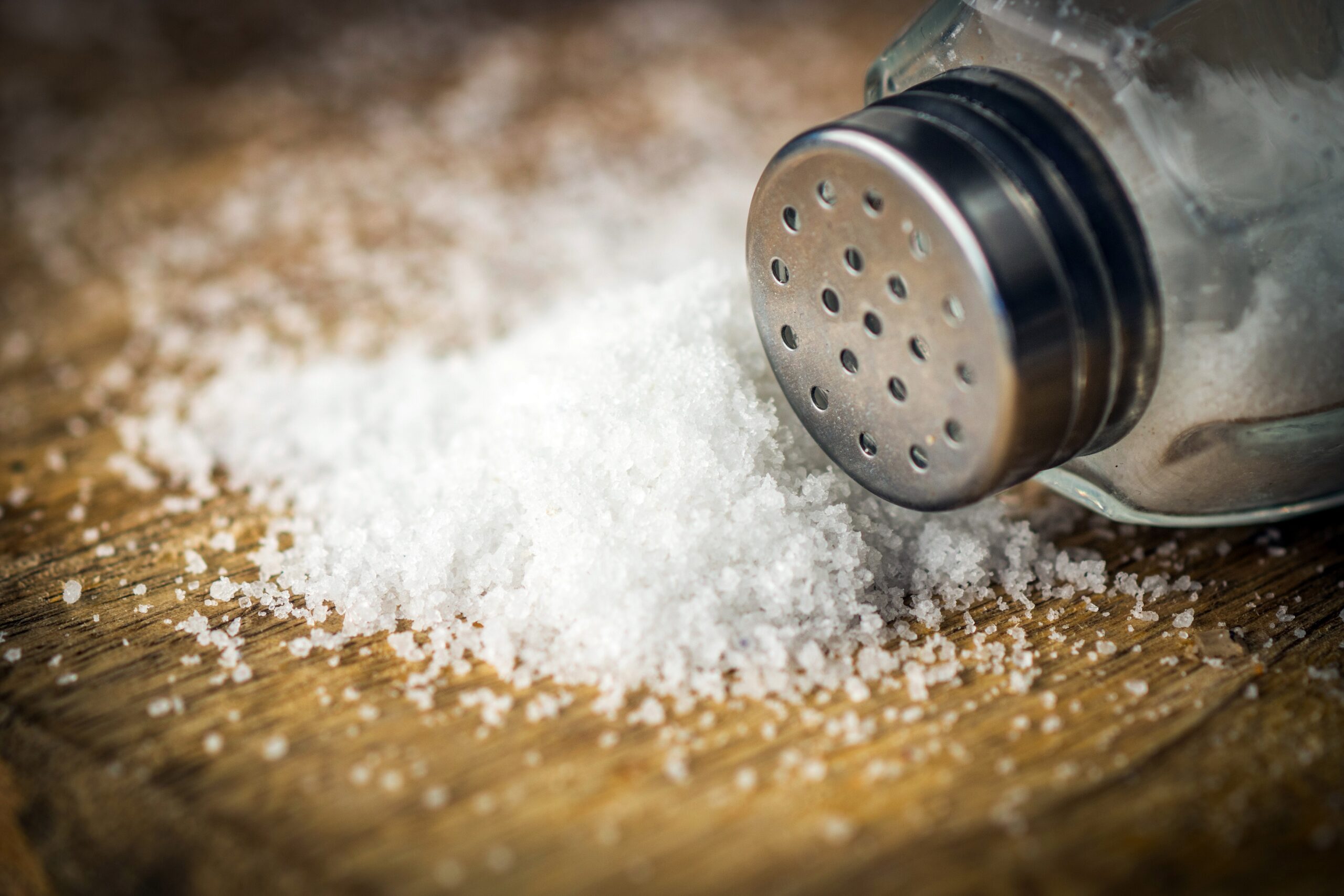 The effectiveness of fluid restriction is reduced with a higher ratio of urine osmolarity to plasma osmolarity [59].
The effectiveness of fluid restriction is reduced with a higher ratio of urine osmolarity to plasma osmolarity [59].
In case of hypervolemic variants of hyponatremia (with CHF and cirrhosis), the basis of therapy is the use of large doses of loop diuretics with correction of hypokalemia and hypomagnesemia. The development of hyponatremia in these diseases reflects a decrease in “effective arterial blood flow”, severe disorders of central hemodynamics, and activation of neurohumoral systems. With decompensated CHF, the development of hyponatremia may be another reason for transferring the patient to the intensive care unit and prescribing intravenous inotropic drugs or vasodilators. With C.P. due to the increased risk of developing hepatorenal syndrome, the development of hyponatremia necessitates the infusion of albumin and colloids, the appointment of vasopressors in appropriate cases, as well as dose adjustment of lactulose, since the osmotic effect of the drug can reduce the amount of osmotically free fluid in the body and increase the level of sodium in the blood.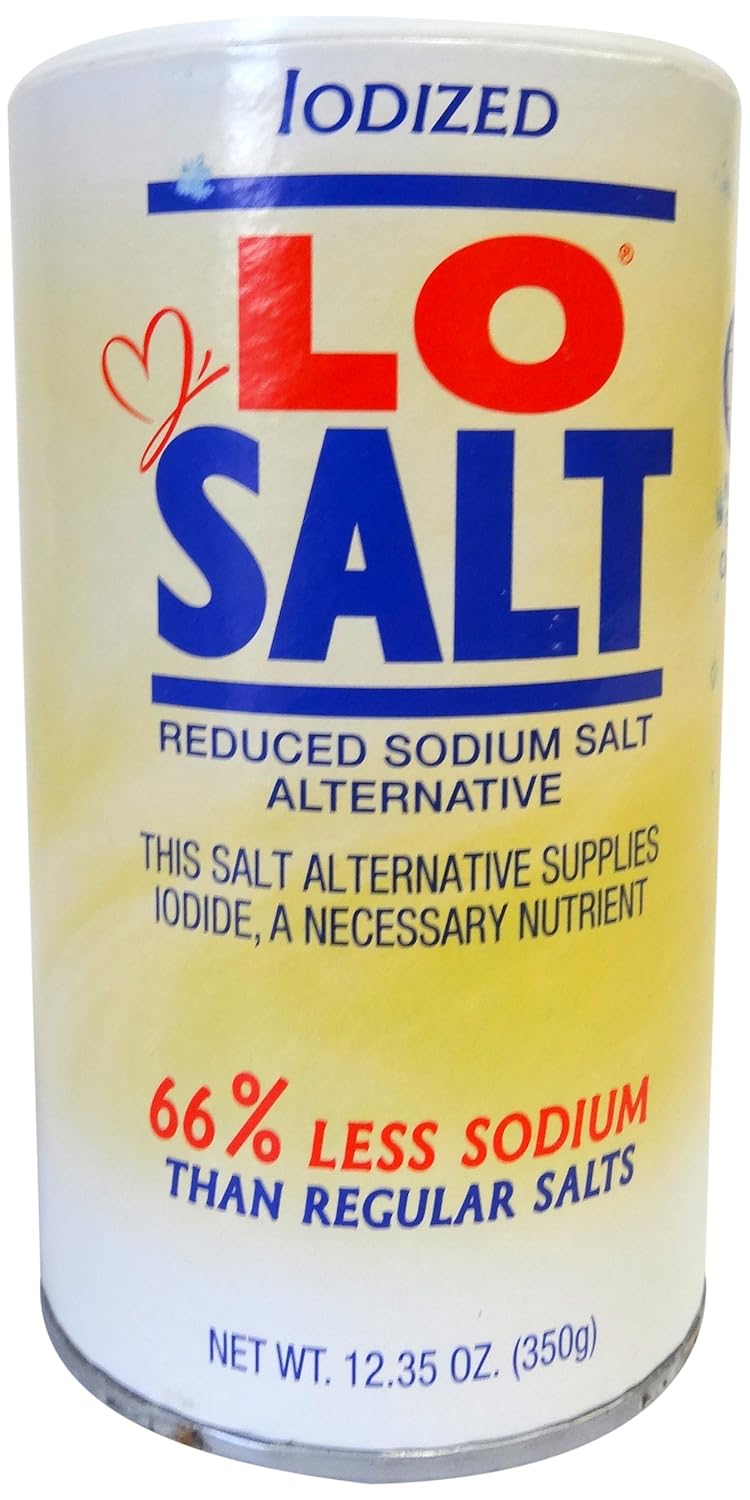
In order to correct hyponatremia, in addition to limiting fluid intake and the use of hypertonic solutions, in cases of developing CNS damage, it is possible to use demeclocycline, fludrocortisone, urea, as well as selective AVP receptor inhibitors, vaptans. Demeclocycline causes transient nephrogenic diabetes insipidus resistant to vasopressin, but the high toxicity of the drug limits its use in wide clinical practice [60].
Fludrocortisone is a mineralocorticoid hormone that enhances sodium absorption in the renal tubules. The use of this drug at a dose of 0.1-0.4 mg / day is the basis for the treatment of hyponatremia in adrenal insufficiency, as well as in salt-wasting syndrome with the development of hypovolemic hyponatremia, complicating brain damage. Successful use of the drug in SIADH against the background of small cell lung cancer has been described [61].
Osmotic diuresis with increased excretion of osmotically unbound water and, accordingly, correction of hyponatremia can be induced with the use of urea (15-30 g / day in divided doses).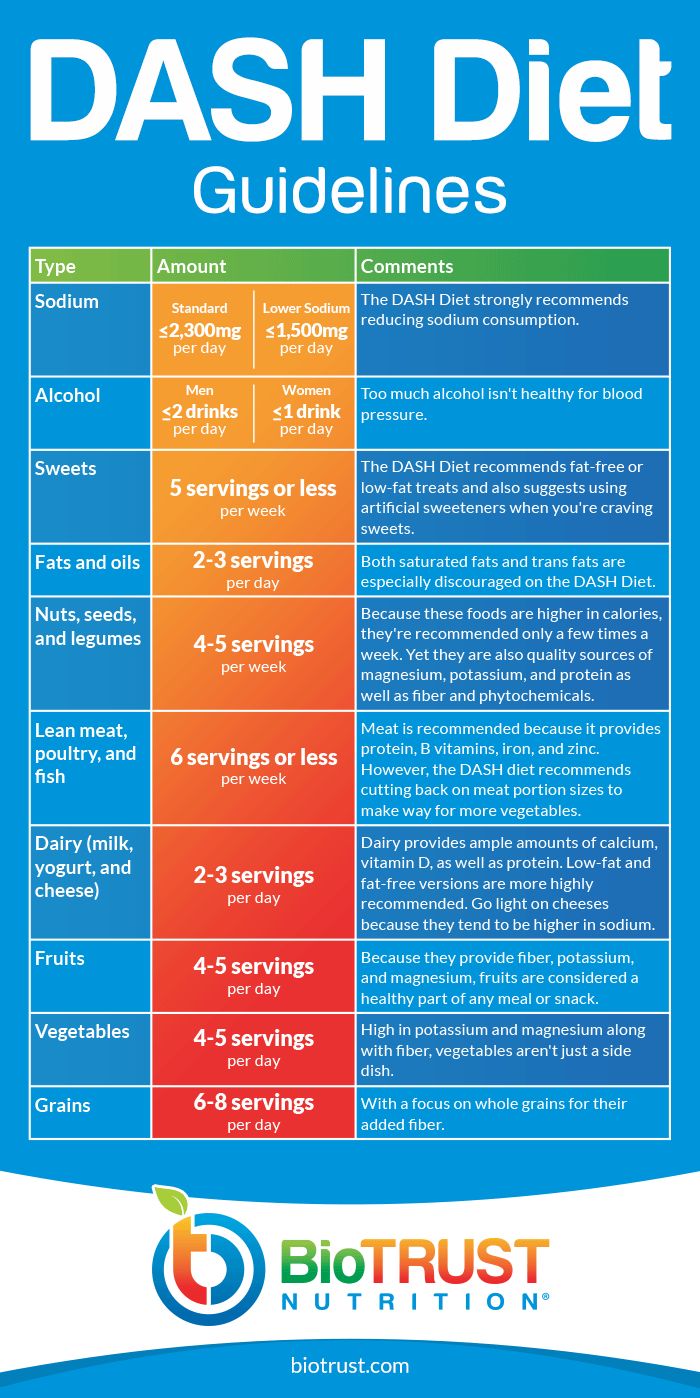 Successful use of urea through a nasogastric tube (0.5–1 g/kg/day) has been described in the intensive care unit [62]. A similar efficacy of urea and vasopressin receptor antagonists (vaptans) was shown during long-term use in patients with hyponatremia of various origins [63]. Another approach to the treatment of hyponatremia is to prescribe loop diuretics for increased salt intake.
Successful use of urea through a nasogastric tube (0.5–1 g/kg/day) has been described in the intensive care unit [62]. A similar efficacy of urea and vasopressin receptor antagonists (vaptans) was shown during long-term use in patients with hyponatremia of various origins [63]. Another approach to the treatment of hyponatremia is to prescribe loop diuretics for increased salt intake.
Since most cases of hyponatremia are associated with the effect of AVP, blockade of its receptors by specific antagonists (vaptans) leads to the correction of electrolyte disturbances. The first drug from this group to find clinical use is conivaptan, a parenteral V1 and V2 receptor blocker [64]. The first oral V2 receptor blocker is tolvaptan. Long-term use (up to 3 years) of tolvaptan has been shown to be effective and safe; however, the first doses should be administered in a hospital setting to prevent too rapid an increase in sodium levels in the blood [65].
Hyponatremia is a frequent violation of electrolyte metabolism in the clinical practice of internists, nephrologists, oncologists, cardiologists, hepatologists, neurologists and resuscitators.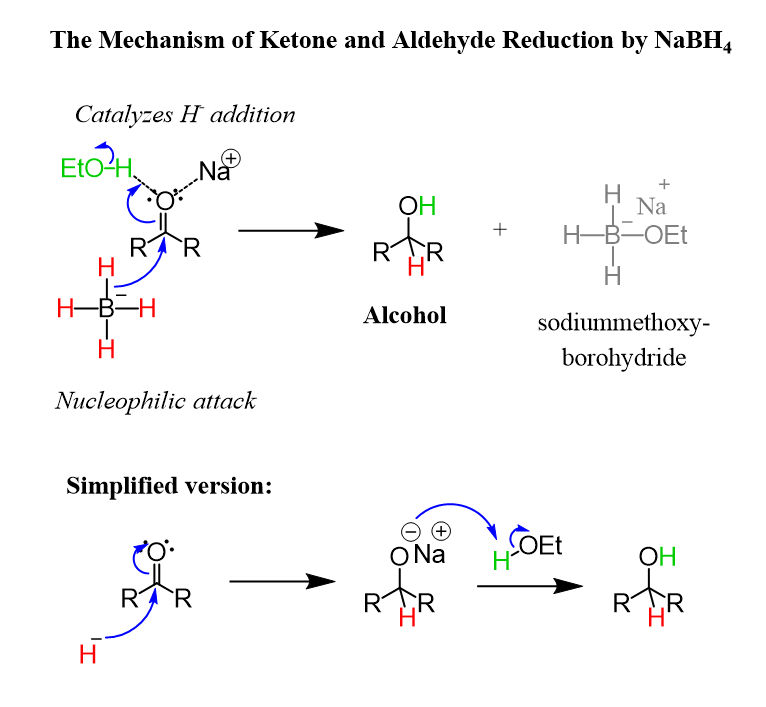 Hyponatremia can accompany many diseases and is associated with their poor prognosis. At the same time, severe hyponatremia, regardless of the cause, can pose a threat to the patient’s life. Much less is known about the significance of chronic mild hyponatremia.
Hyponatremia can accompany many diseases and is associated with their poor prognosis. At the same time, severe hyponatremia, regardless of the cause, can pose a threat to the patient’s life. Much less is known about the significance of chronic mild hyponatremia.
Approaches to the treatment of hyponatremia depend on the severity of neurological symptoms, its duration and type (hypo-, eu- or hypervolemic hyponatremia). In most cases (with the exception of the hypovolemic variant), hyponatremia reflects an excess of free water, and not a lack of sodium in the patient’s body as a result of a violation of the osmotic control system and osmotically independent secretion of ADH. The introduction of hypertonic sodium solution allows you to quickly eliminate the severe neurological manifestations of this electrolyte disorder. However, with long-term hyponatremia, therapeutic measures are aimed at suppressing the osmotically independent secretion of ADH or blocking the effect of ADH.

 ”
”
 This makes it difficult for all of us to control how much sodium we consume.
This makes it difficult for all of us to control how much sodium we consume.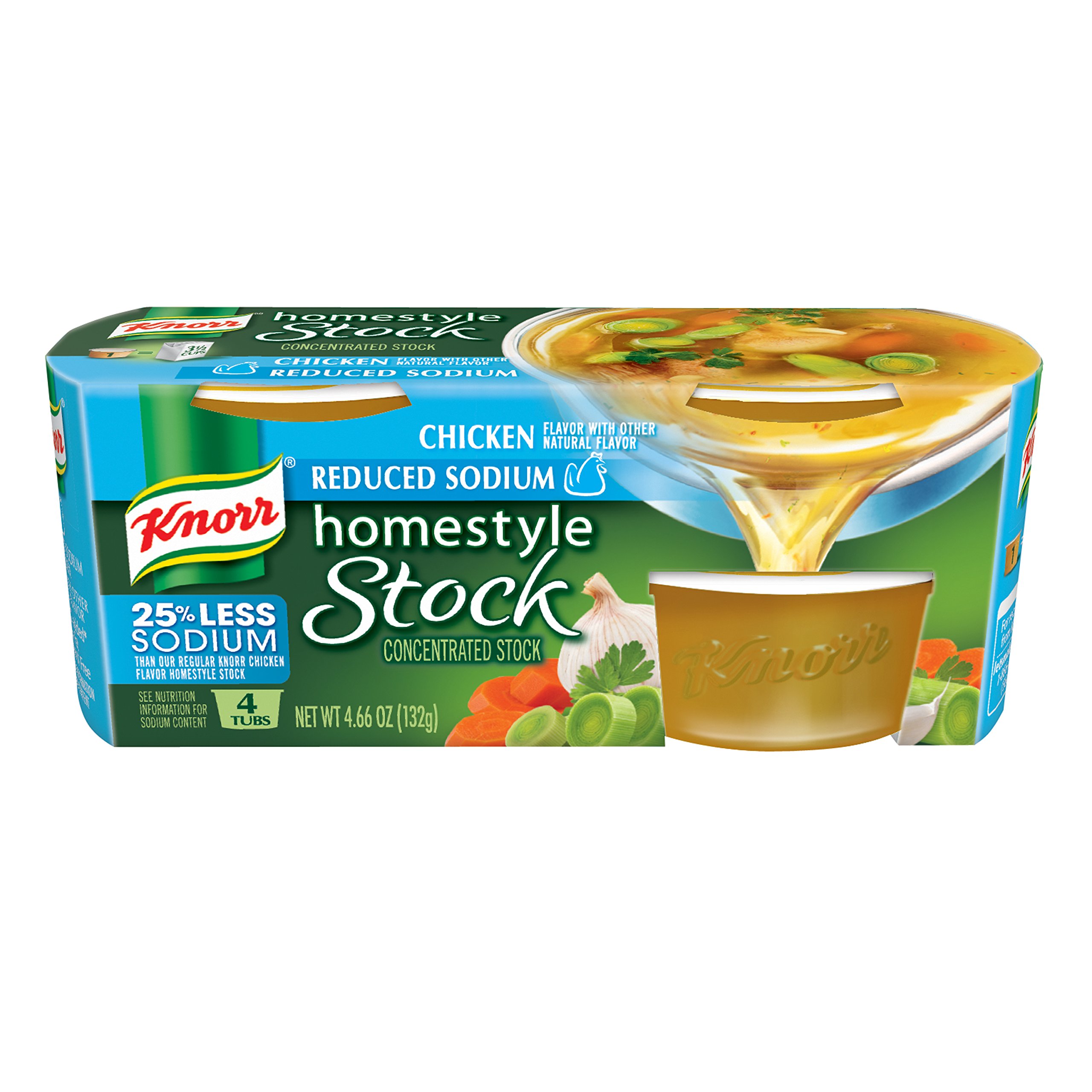
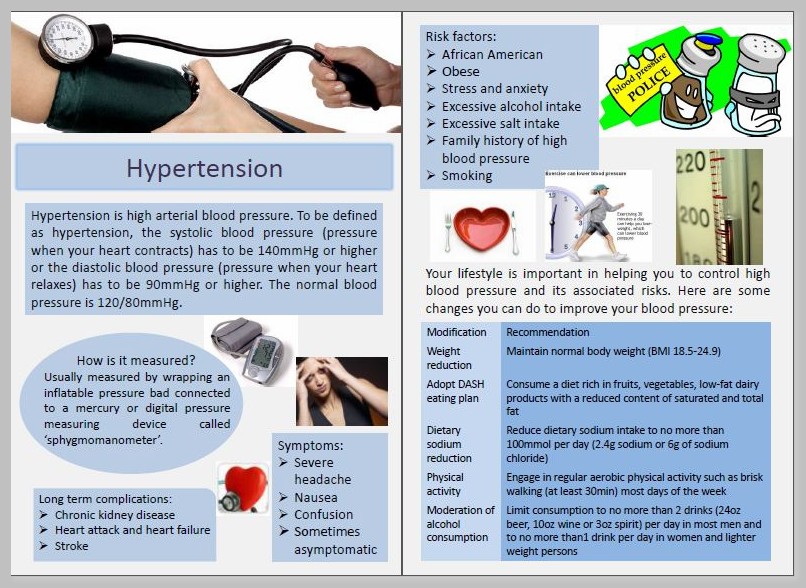


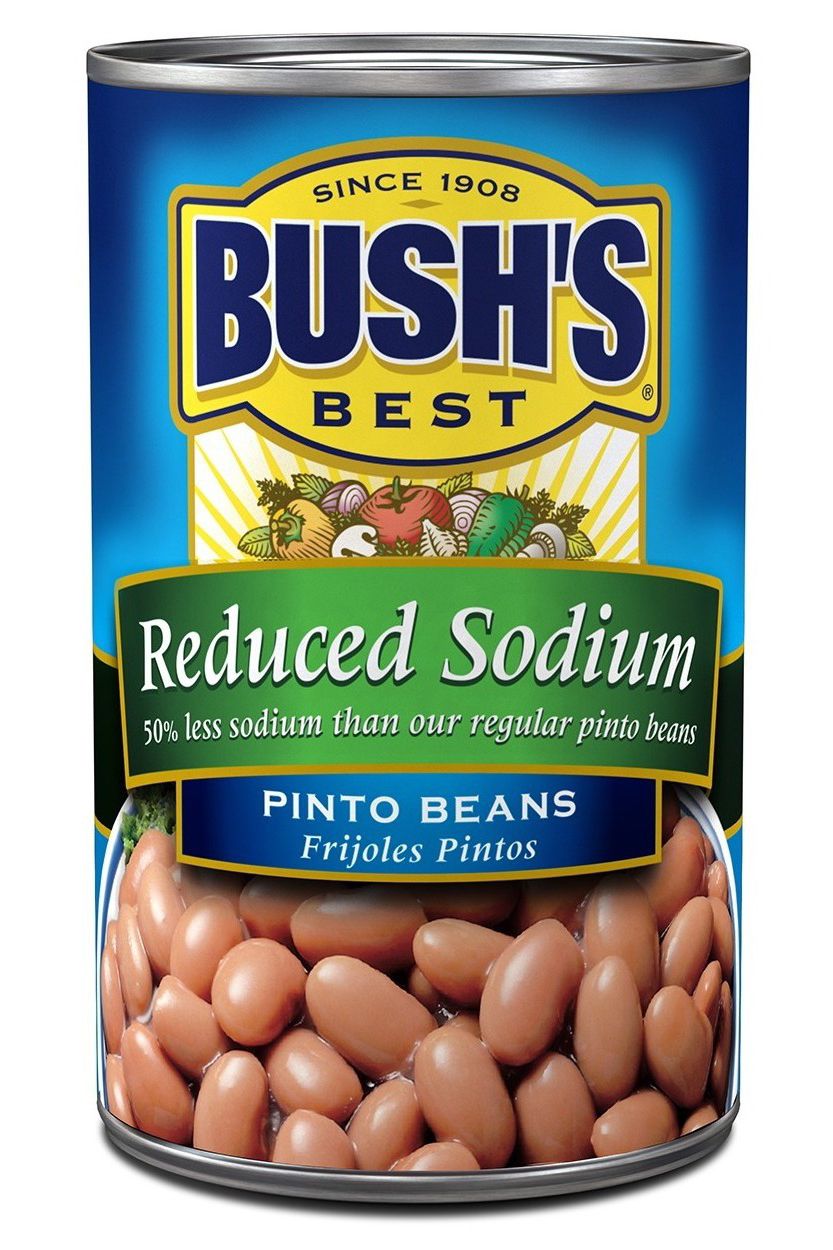 gov)
gov)